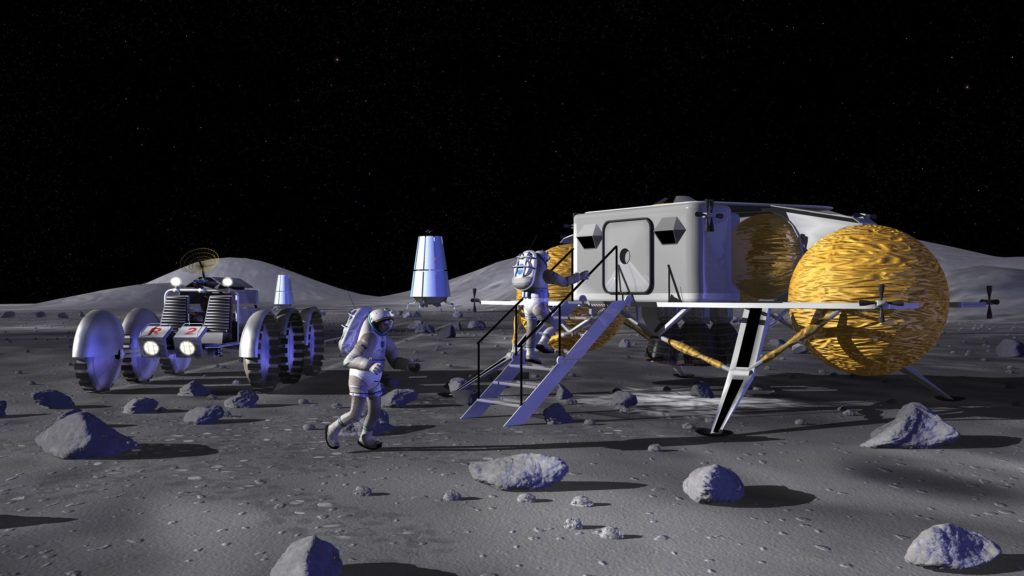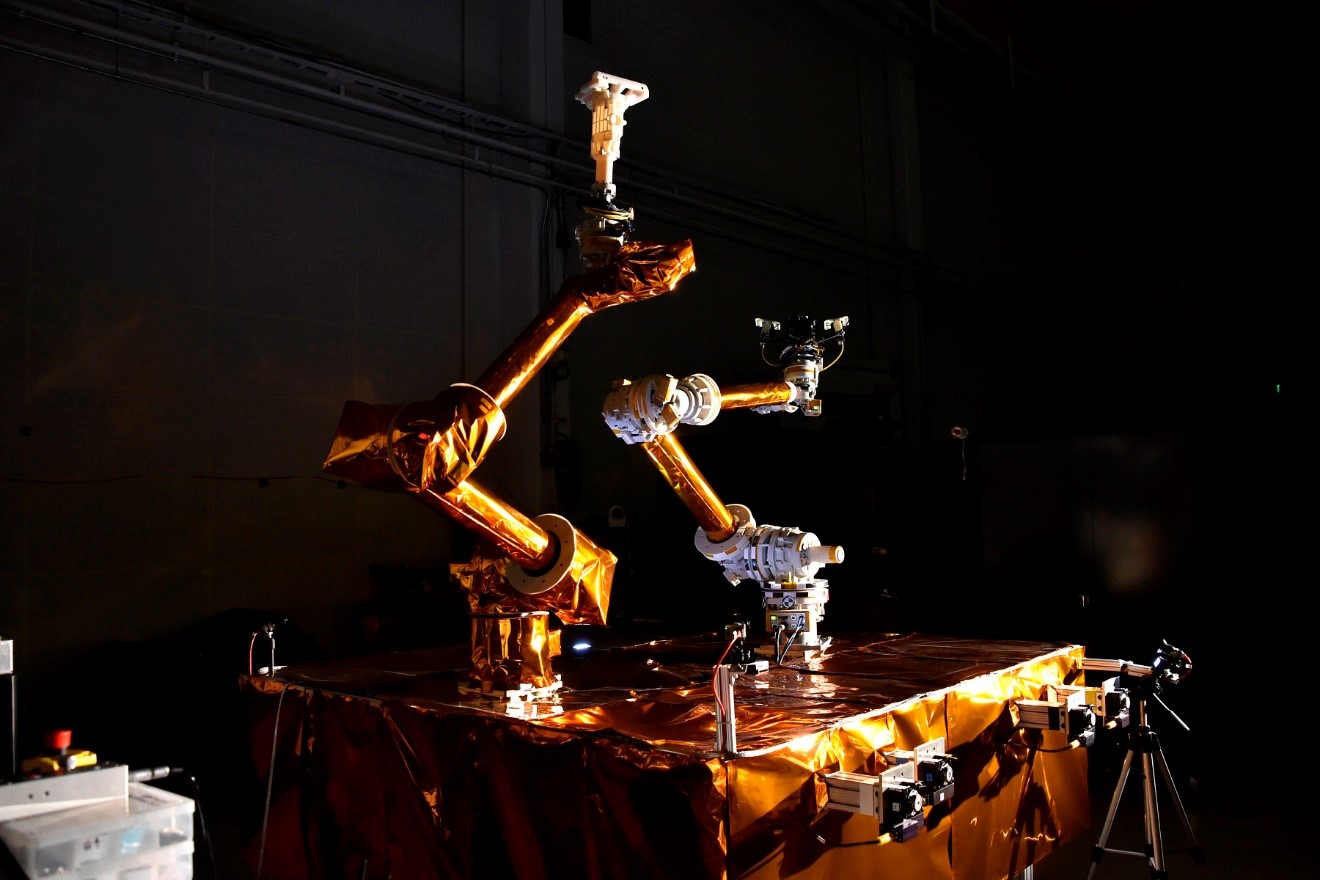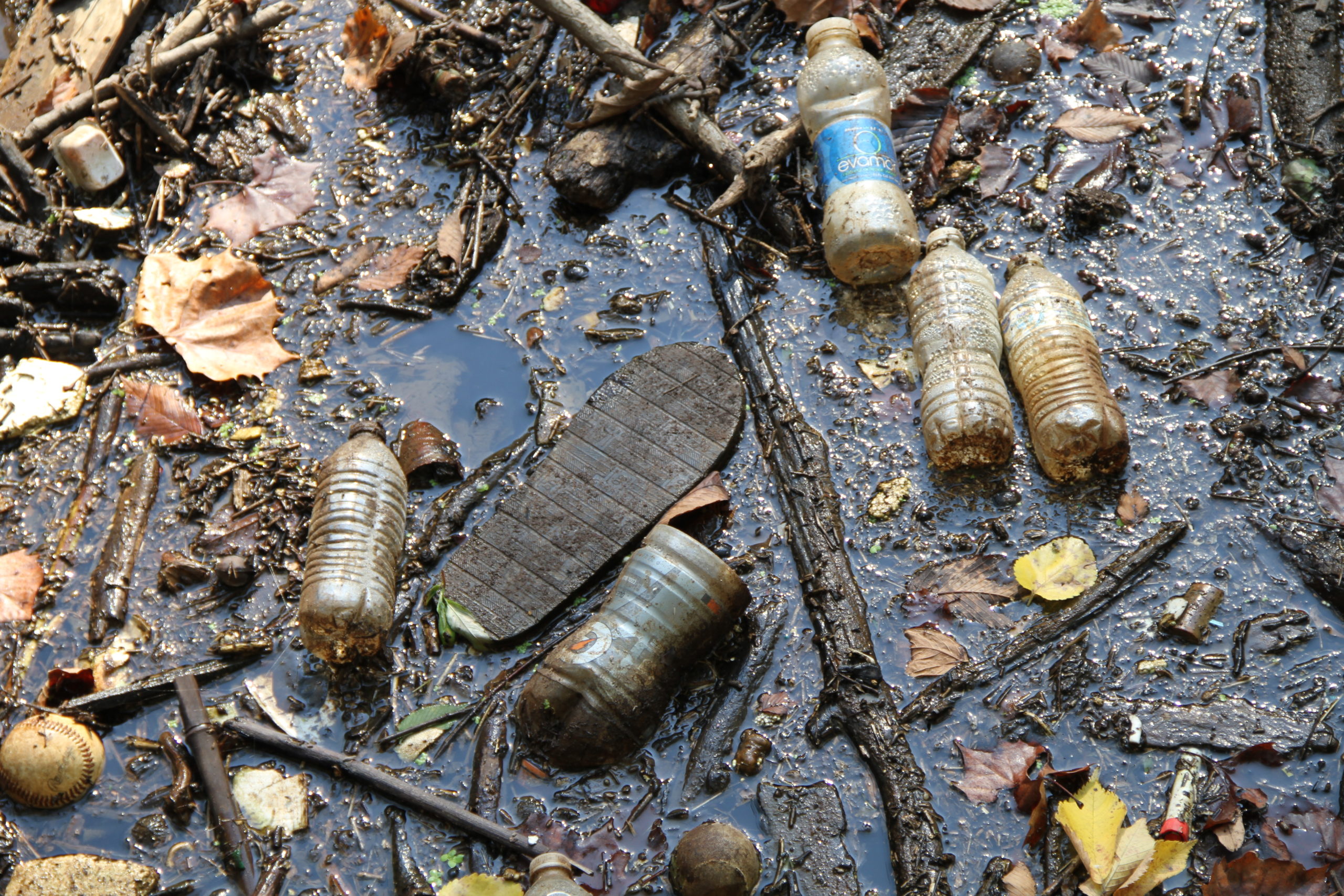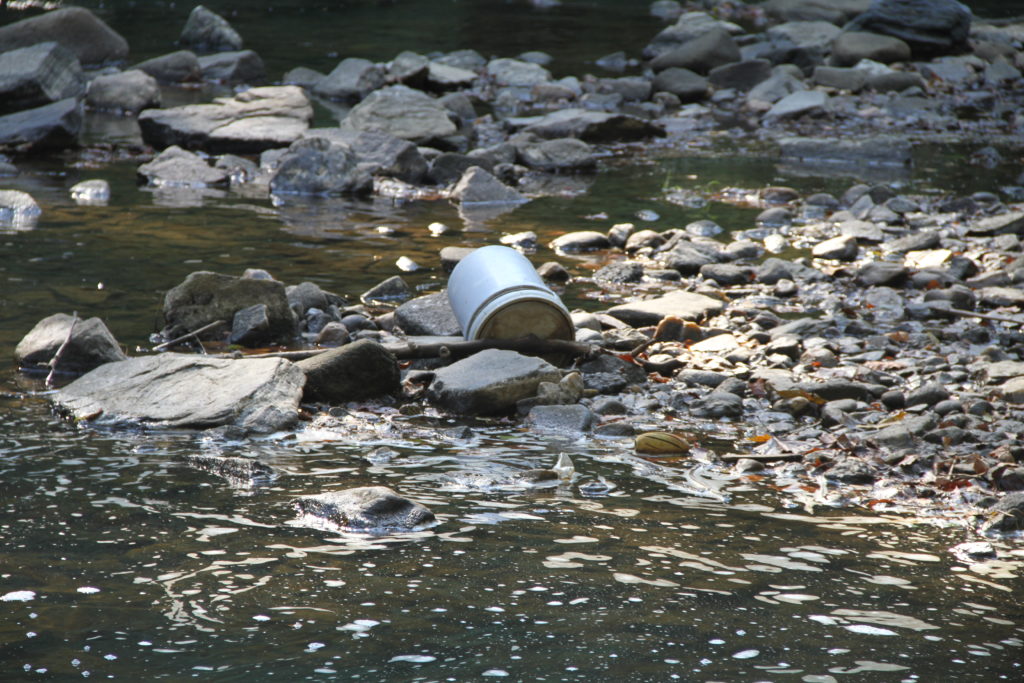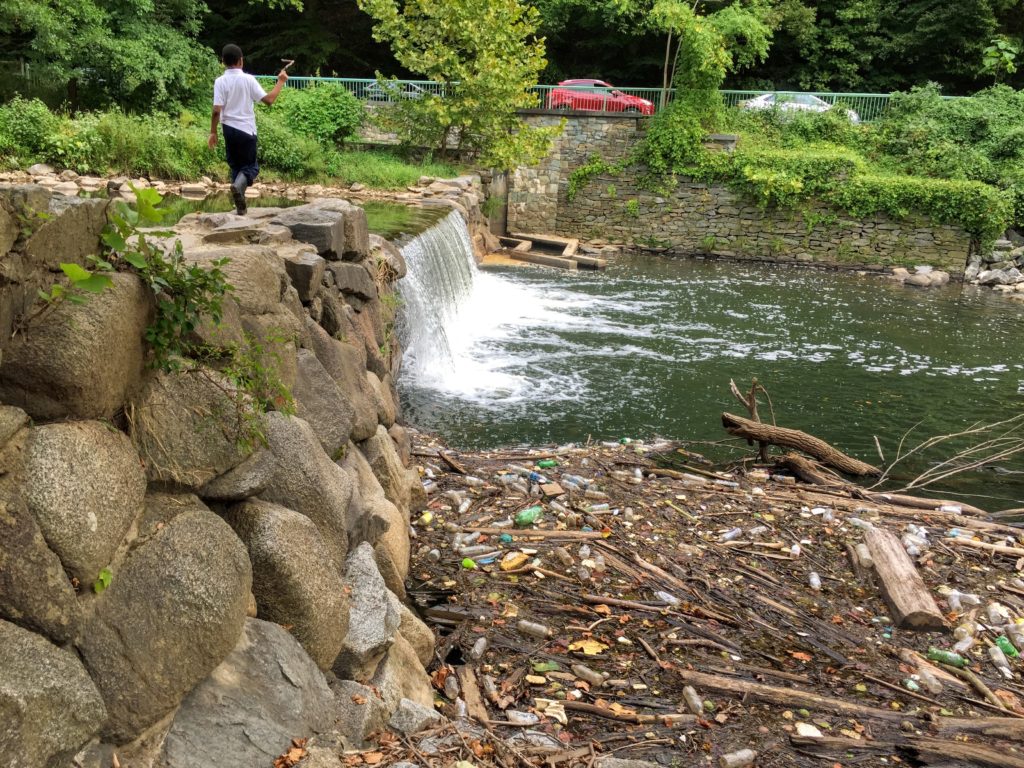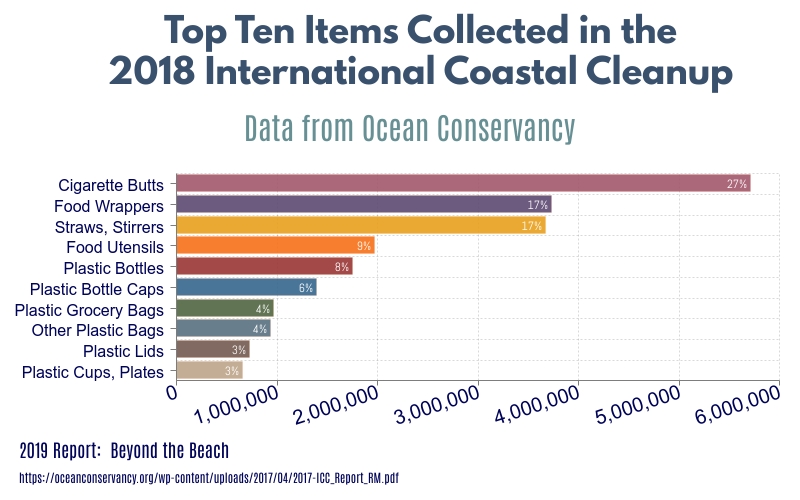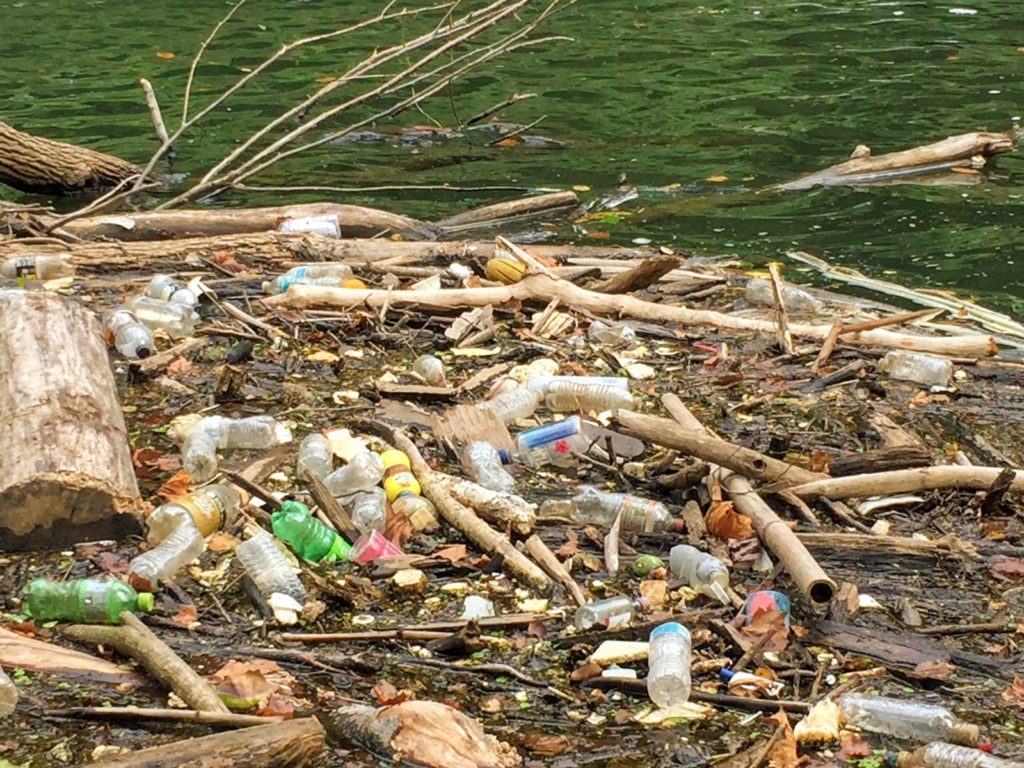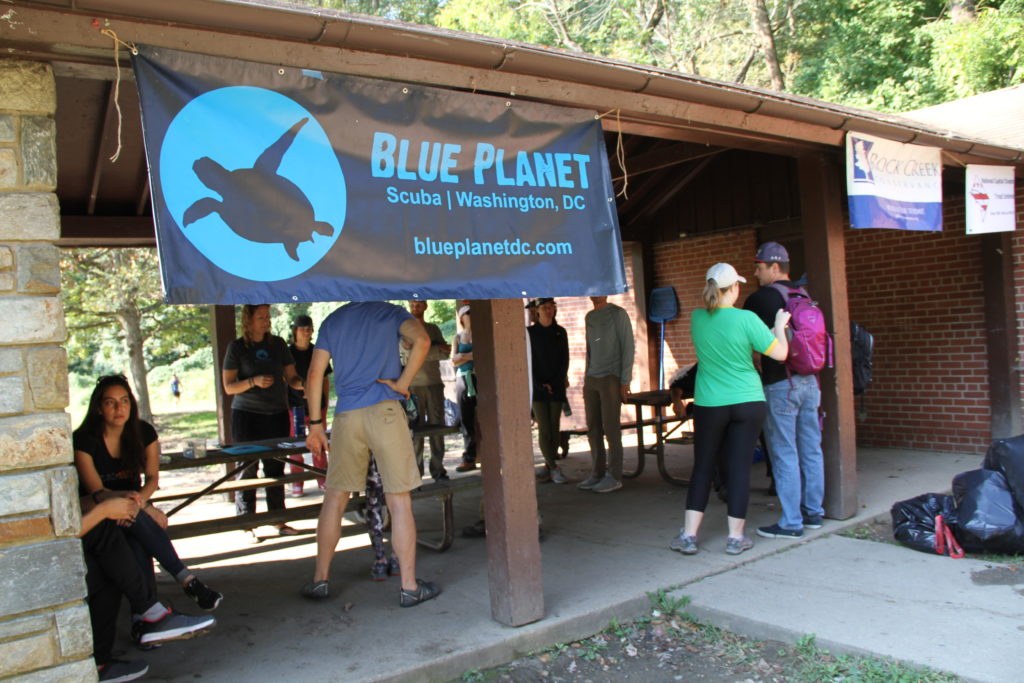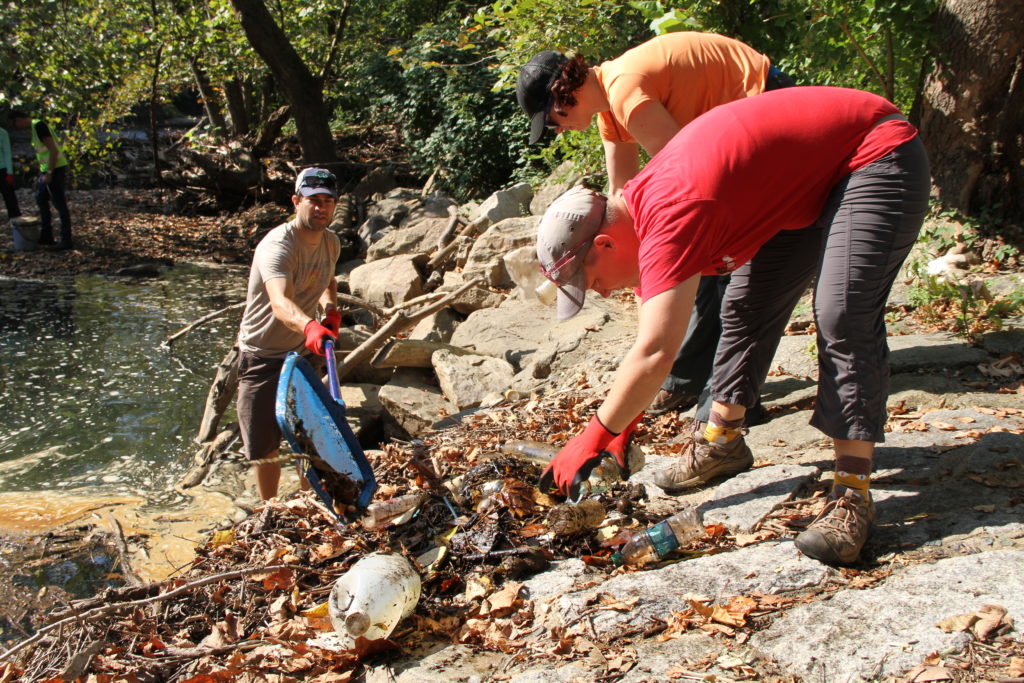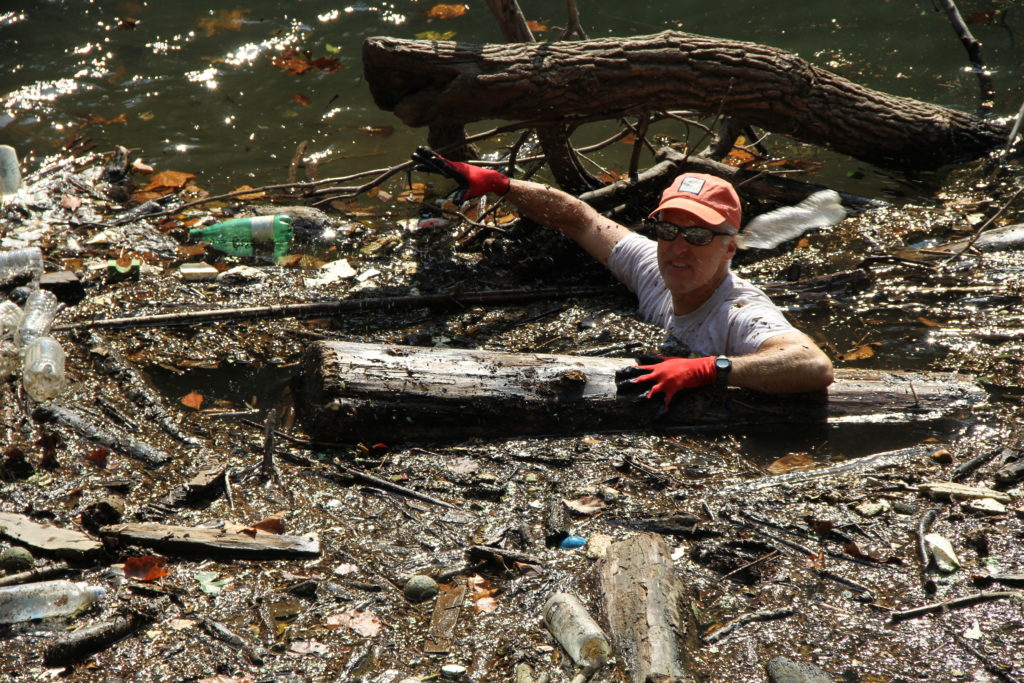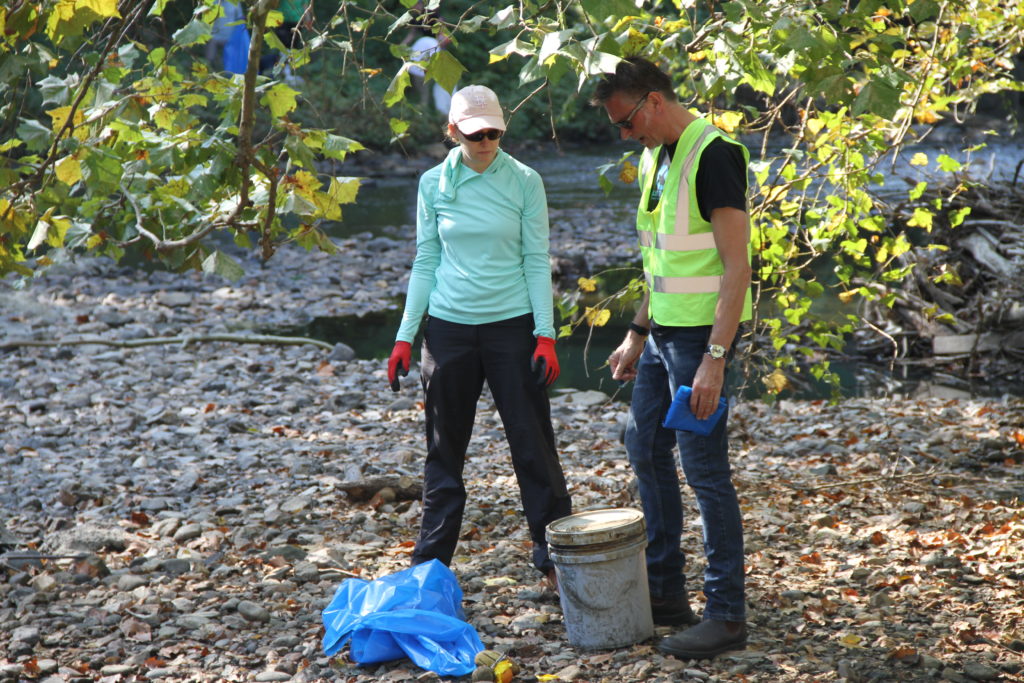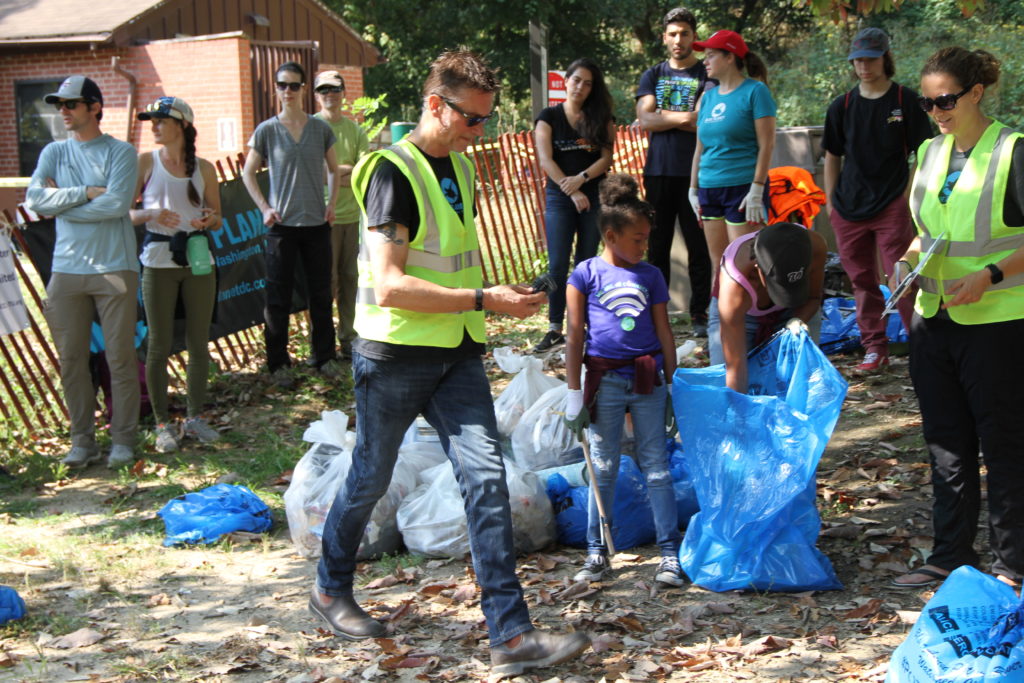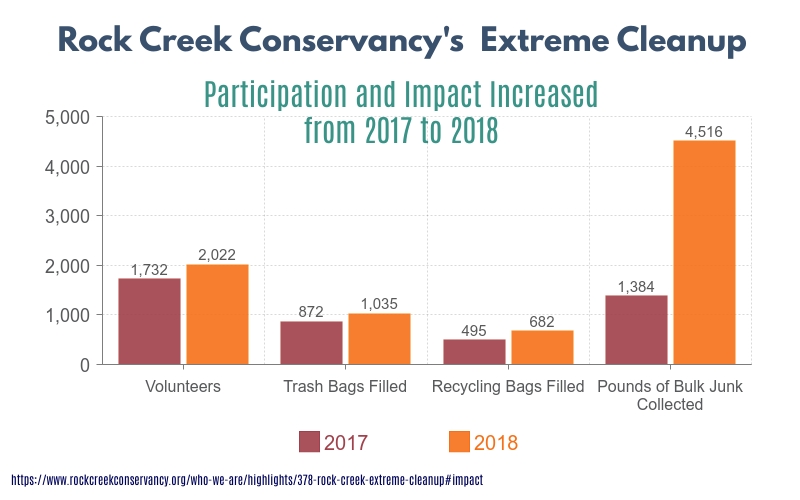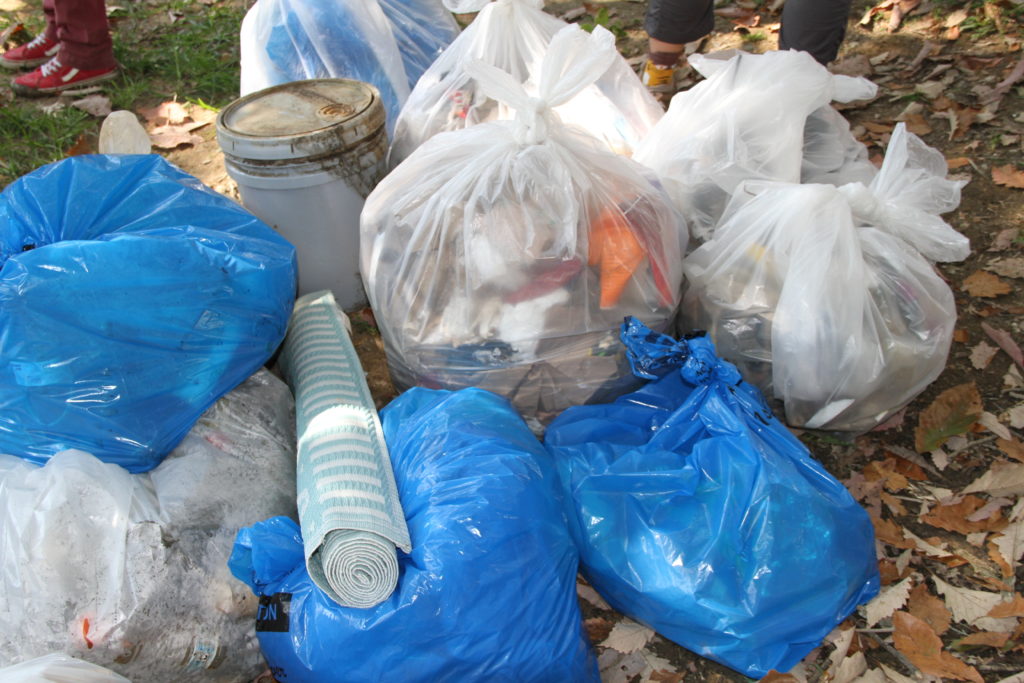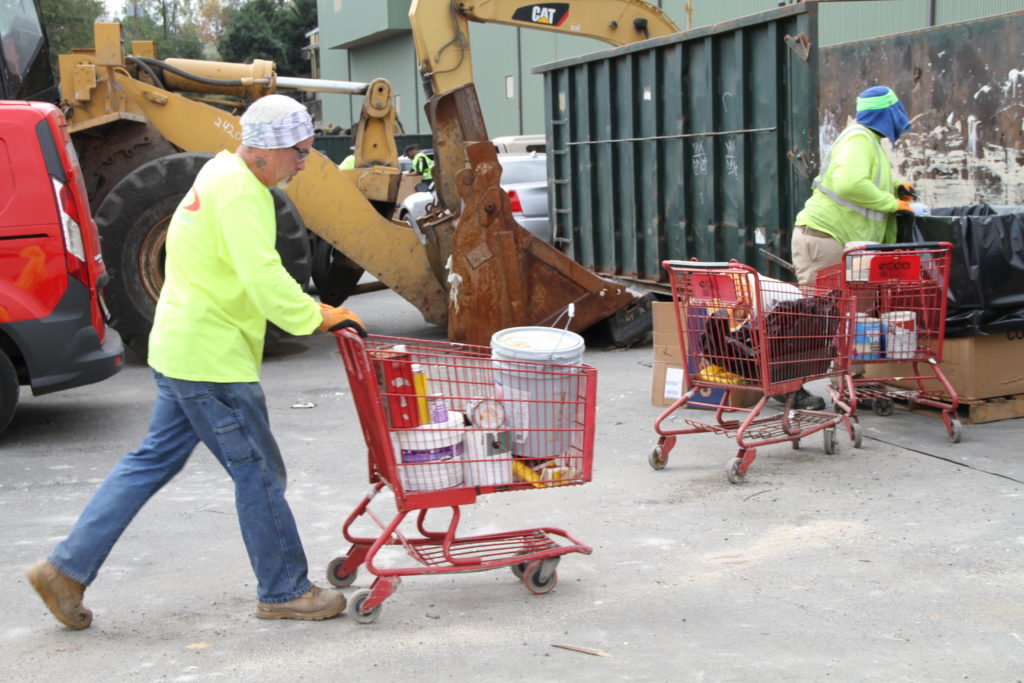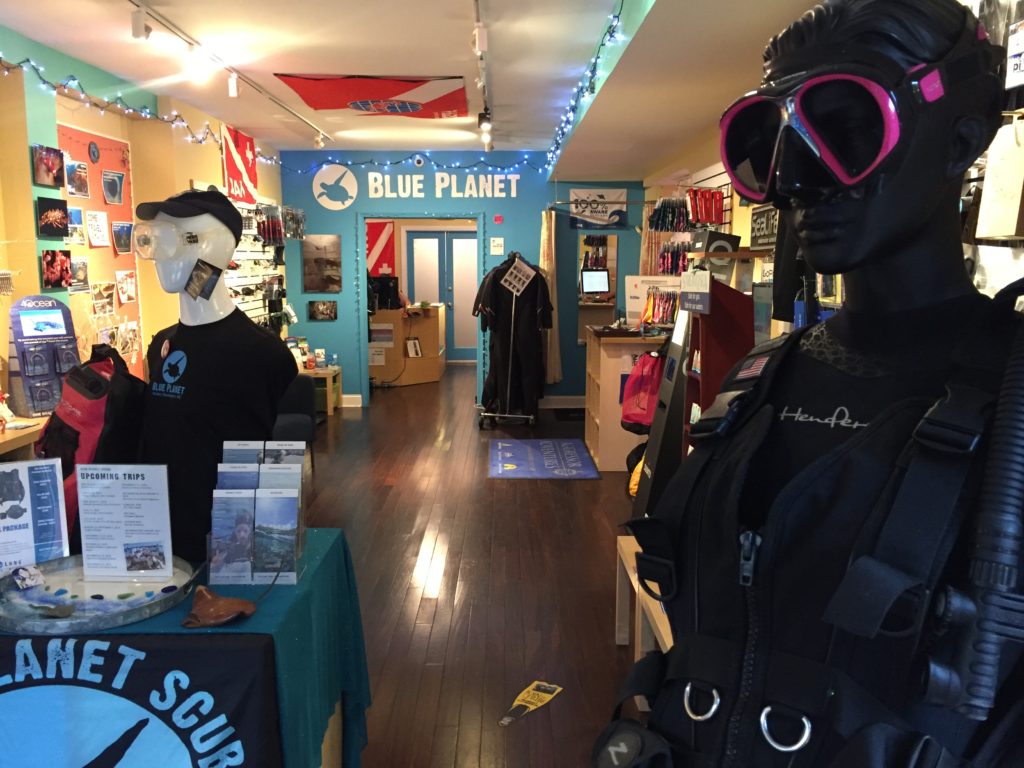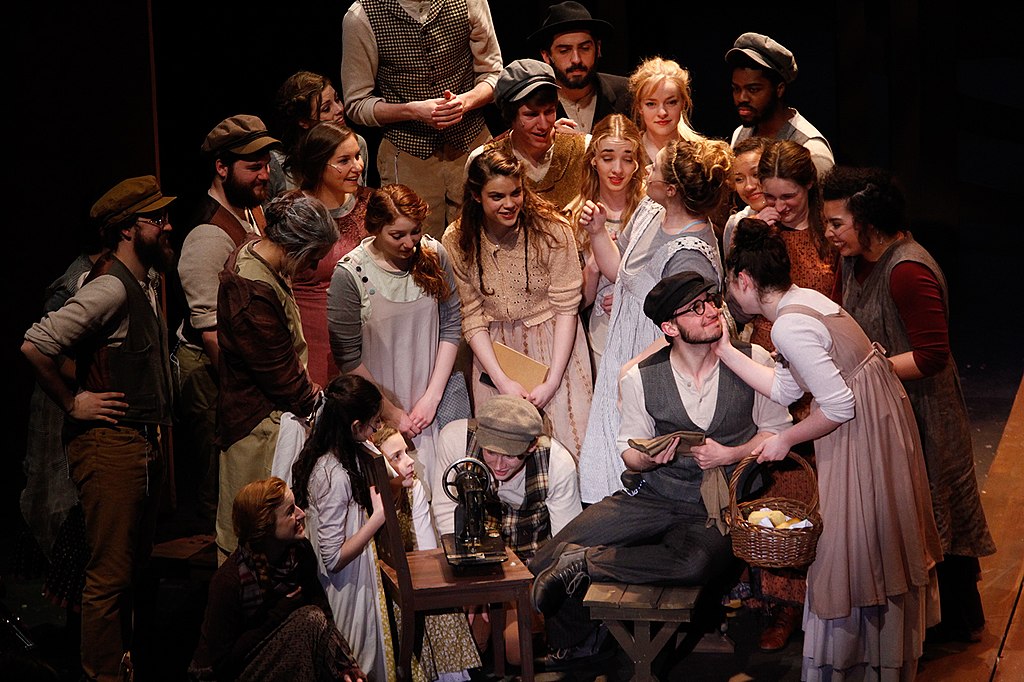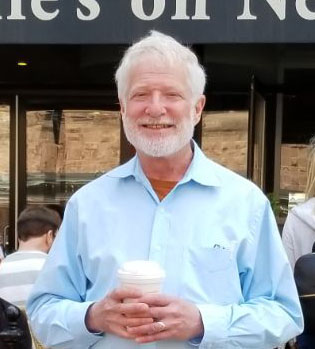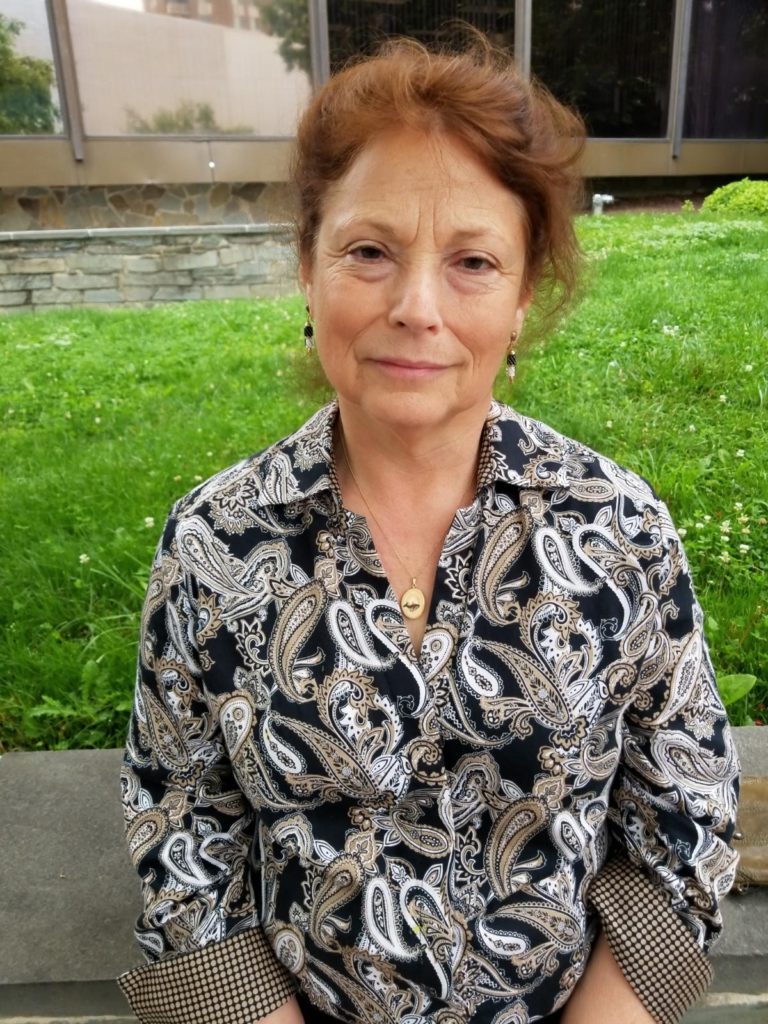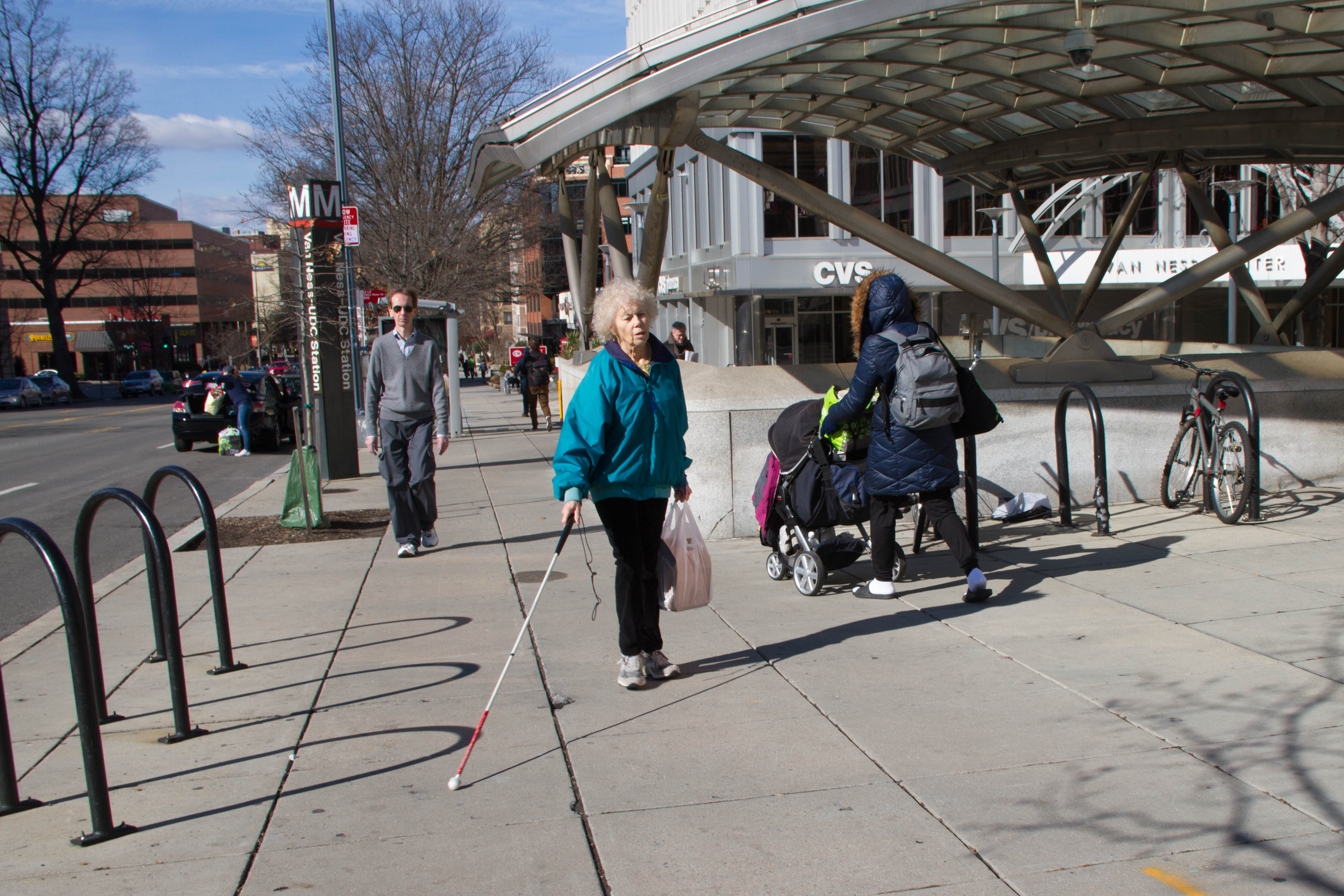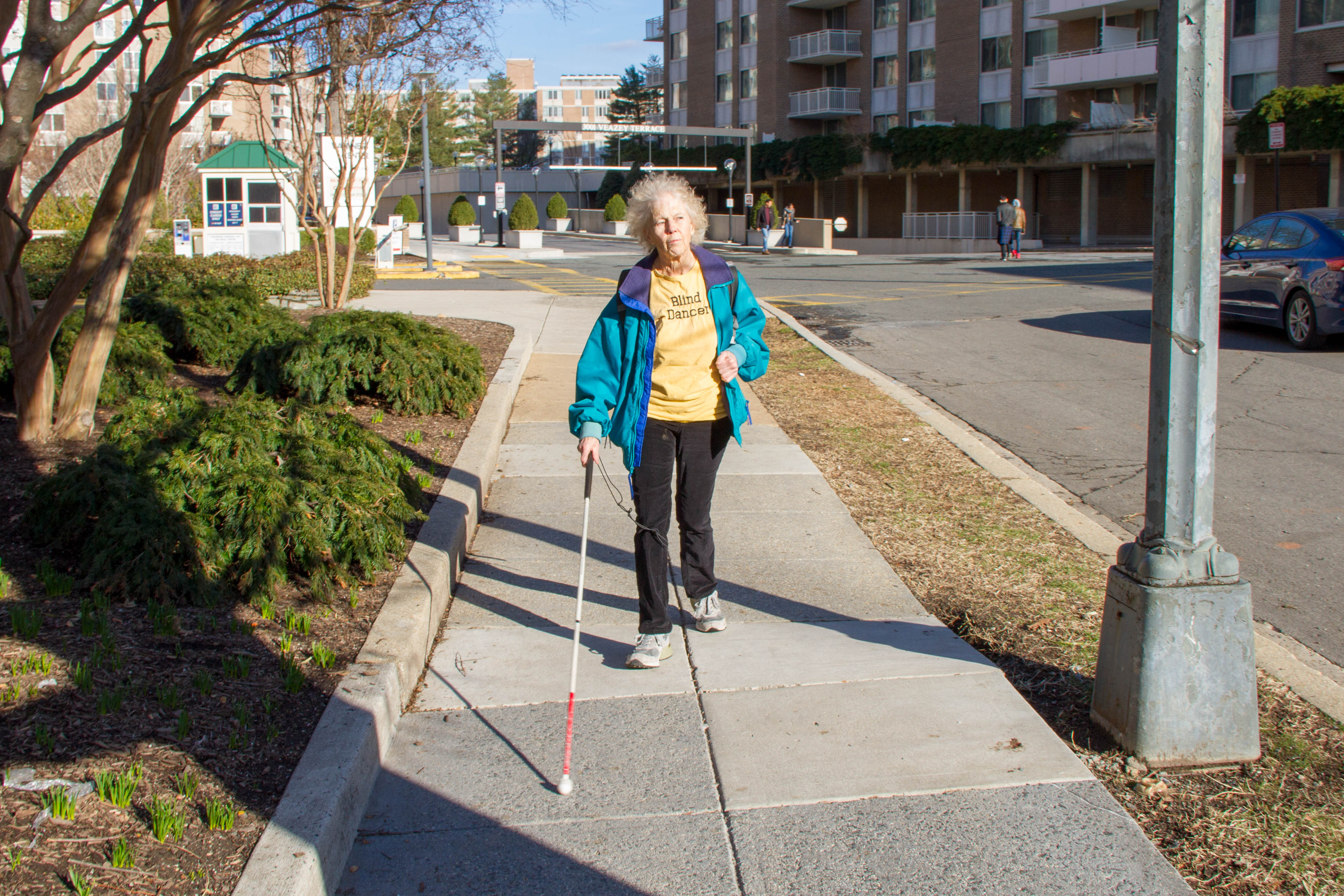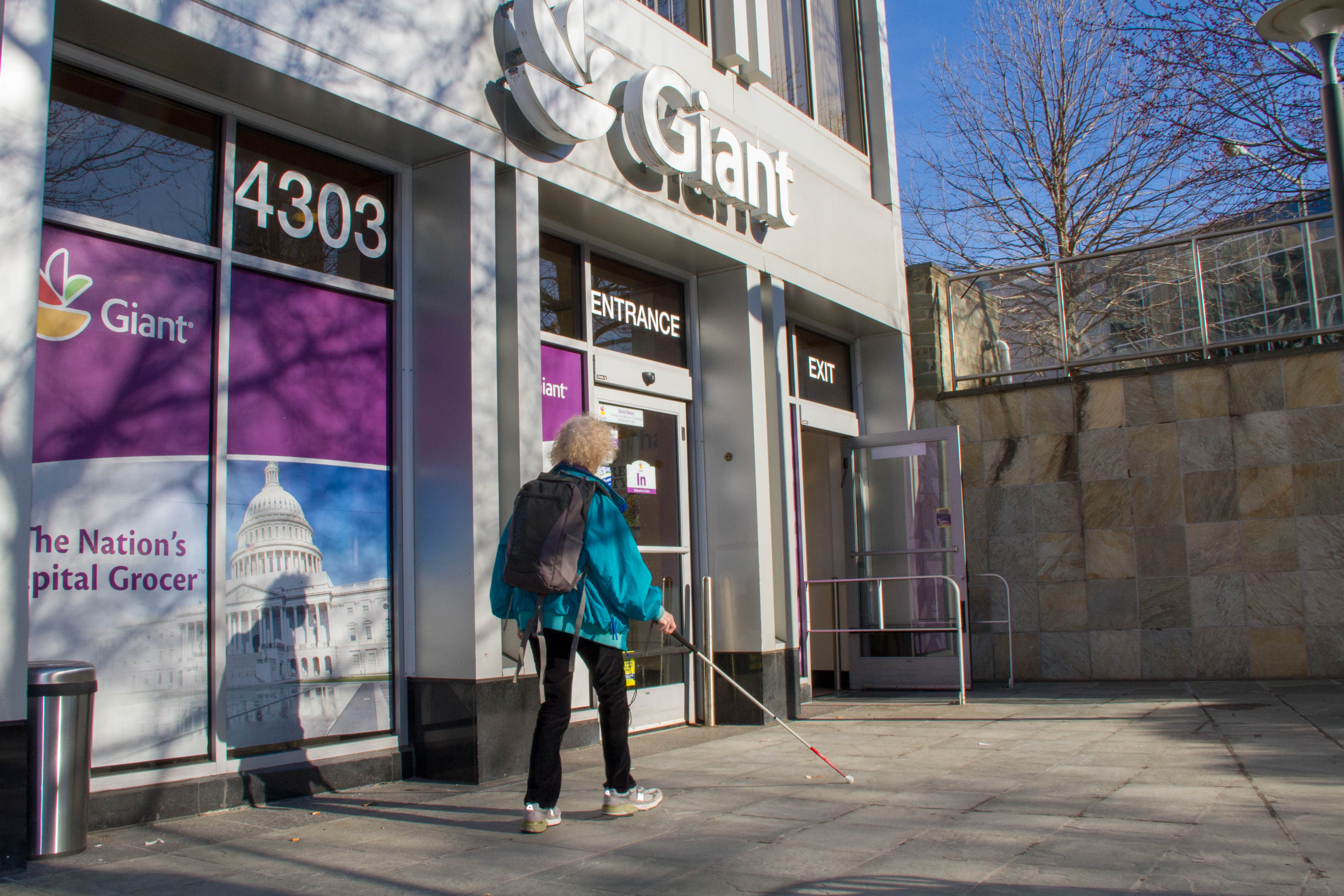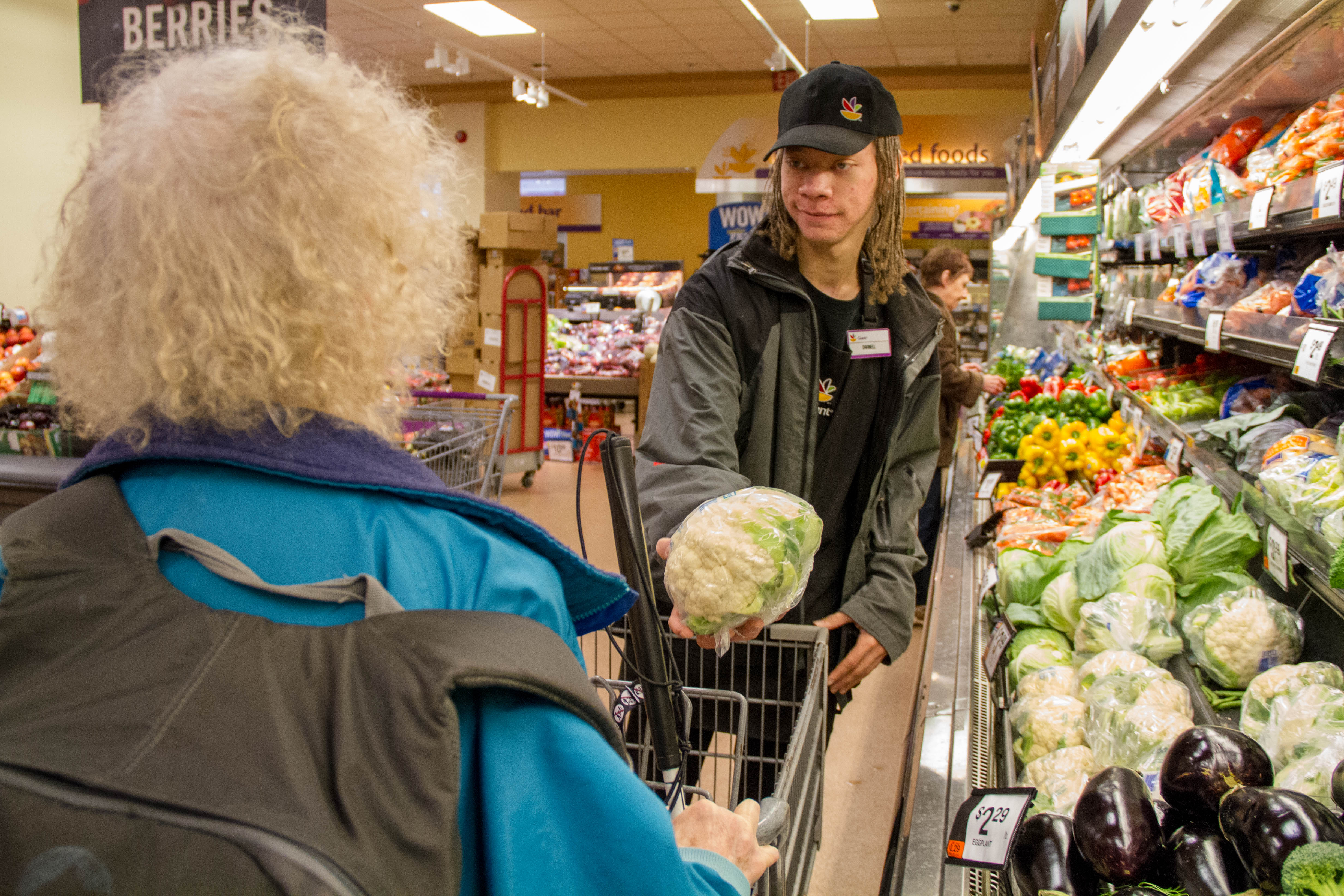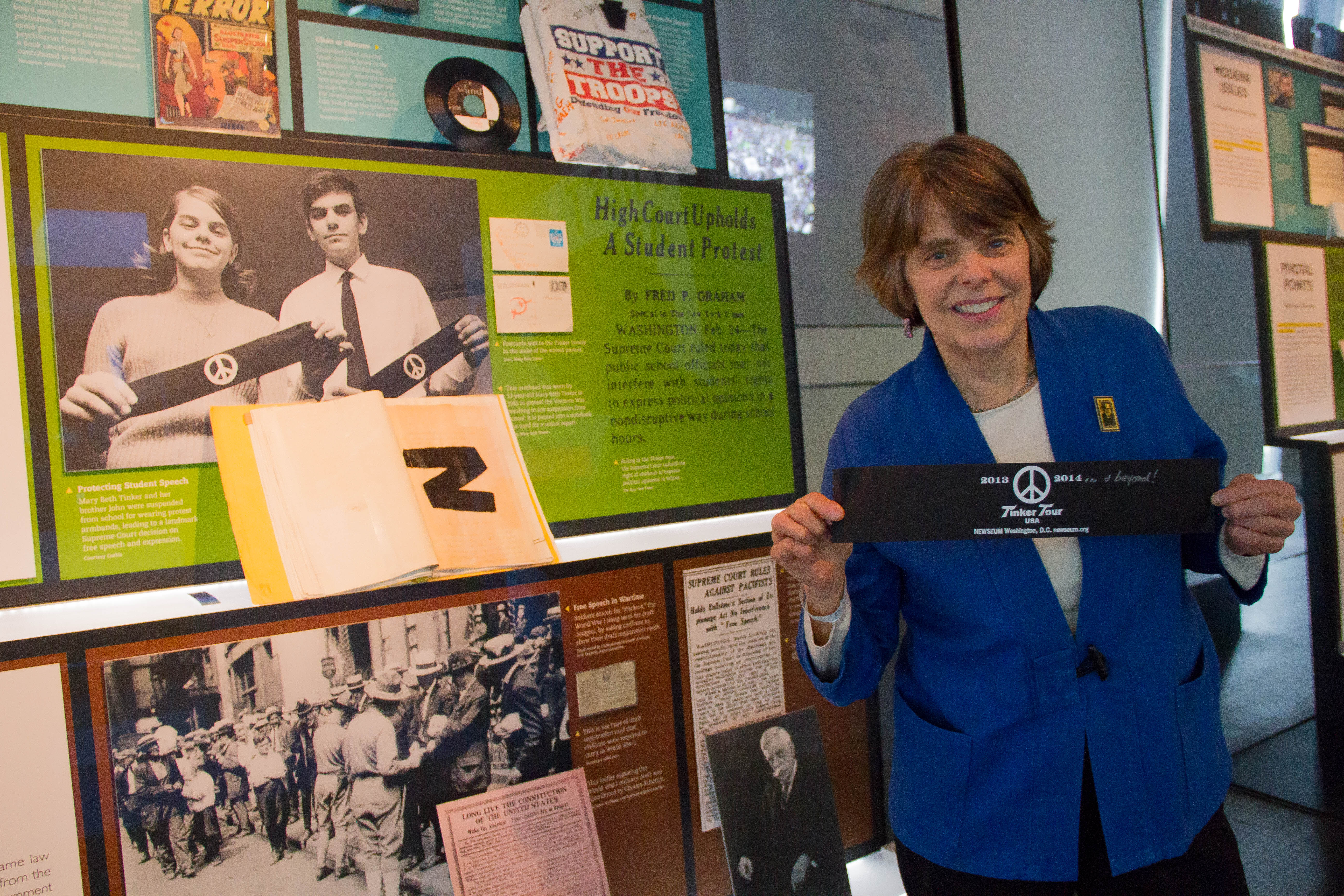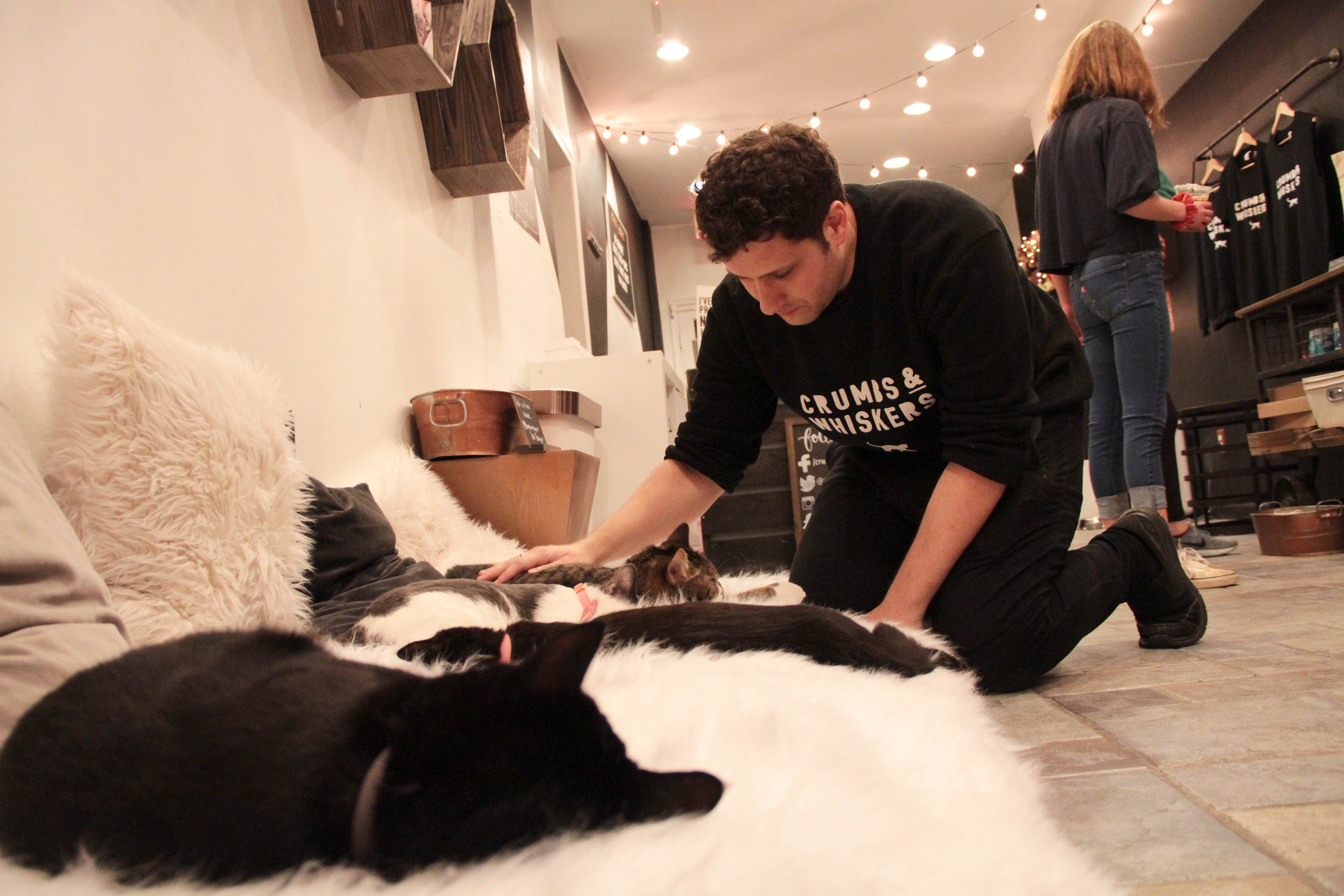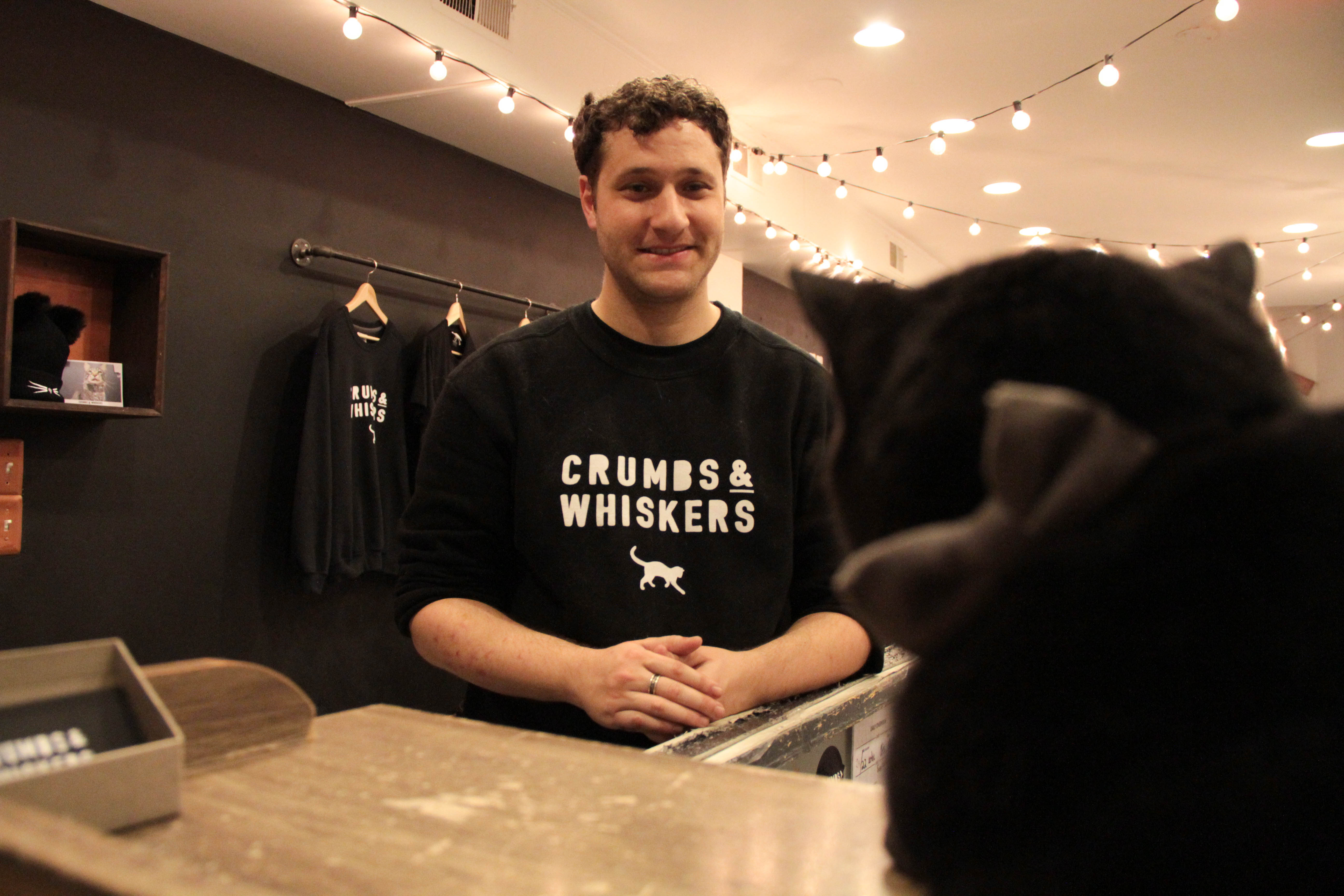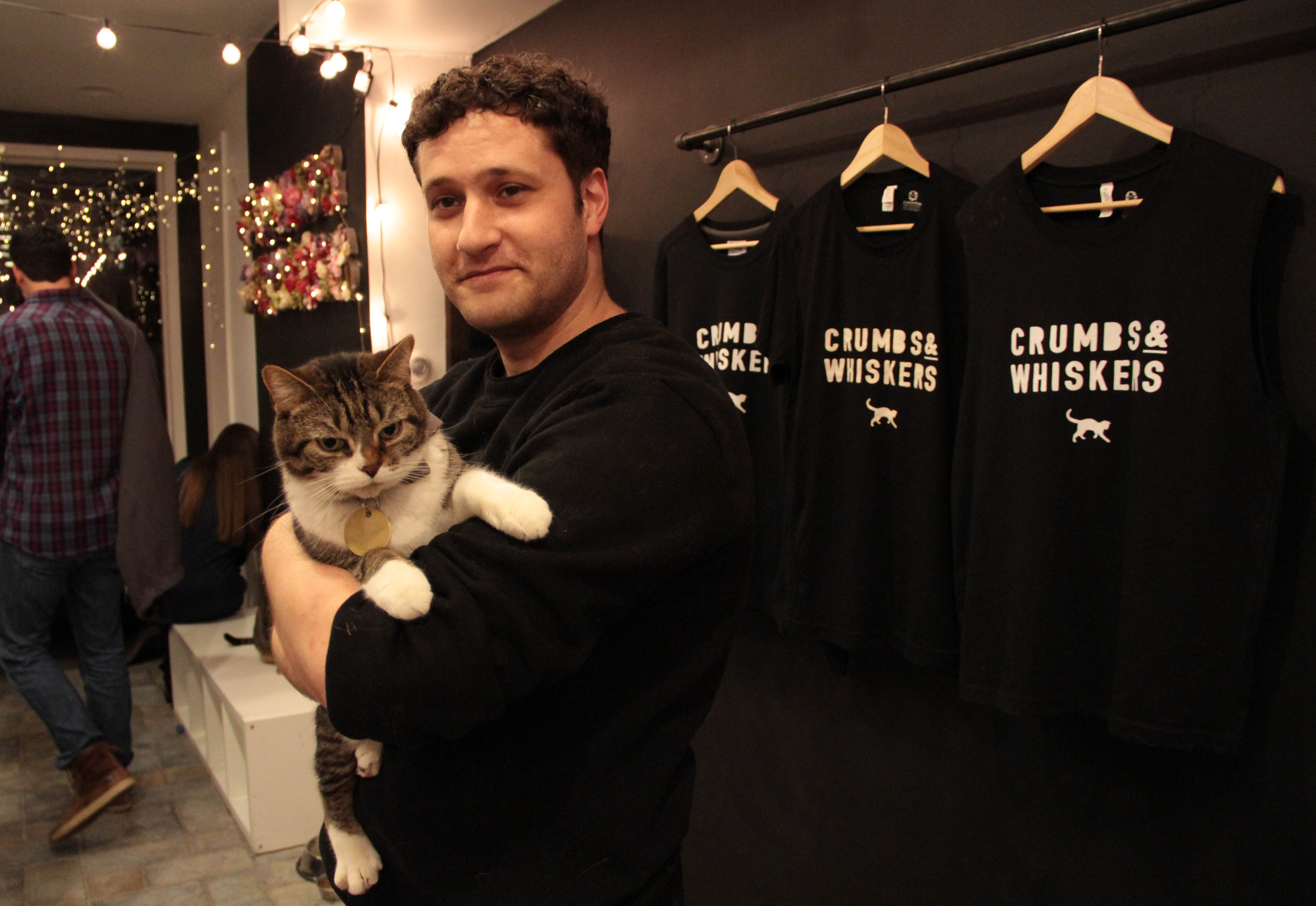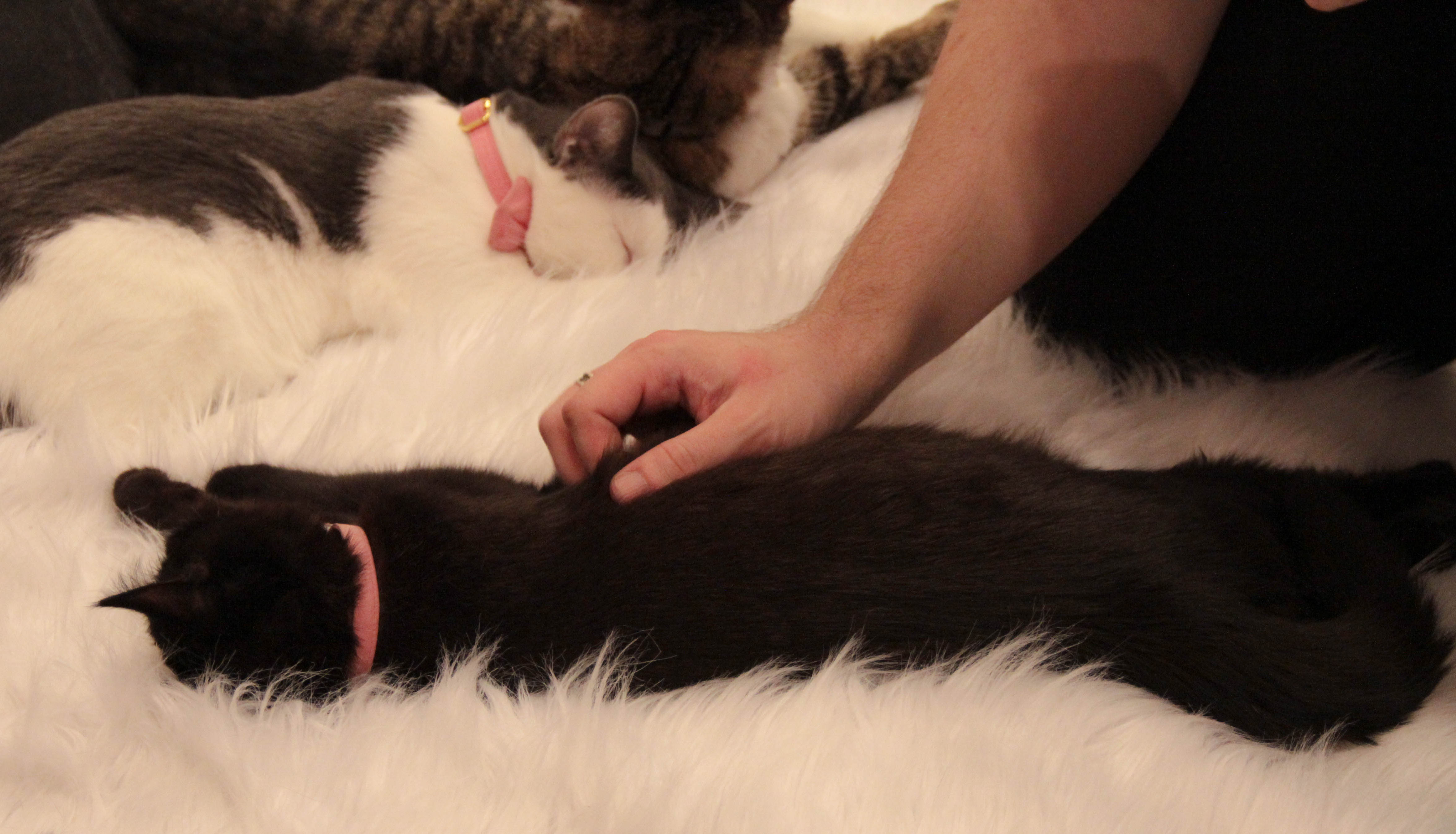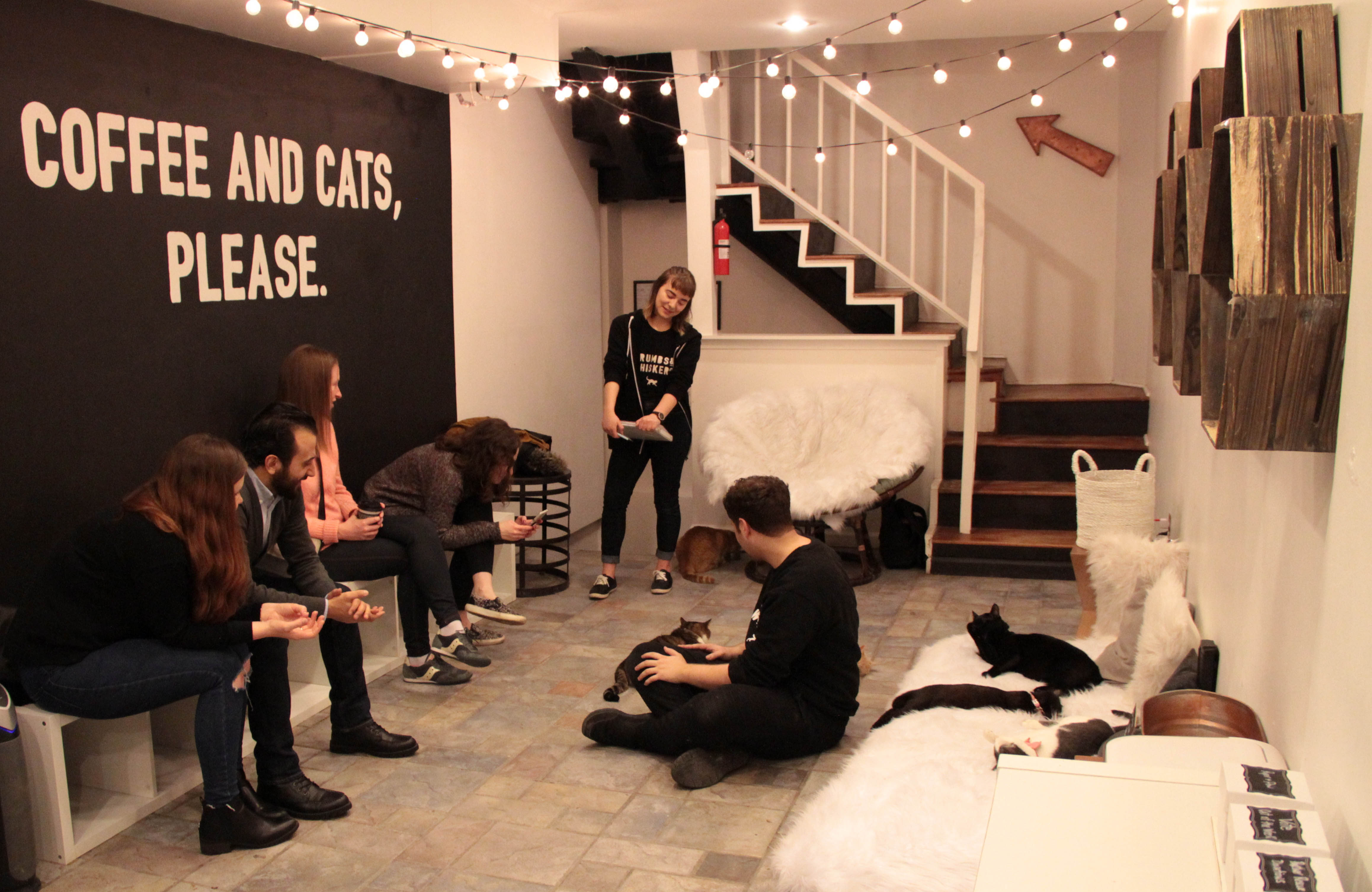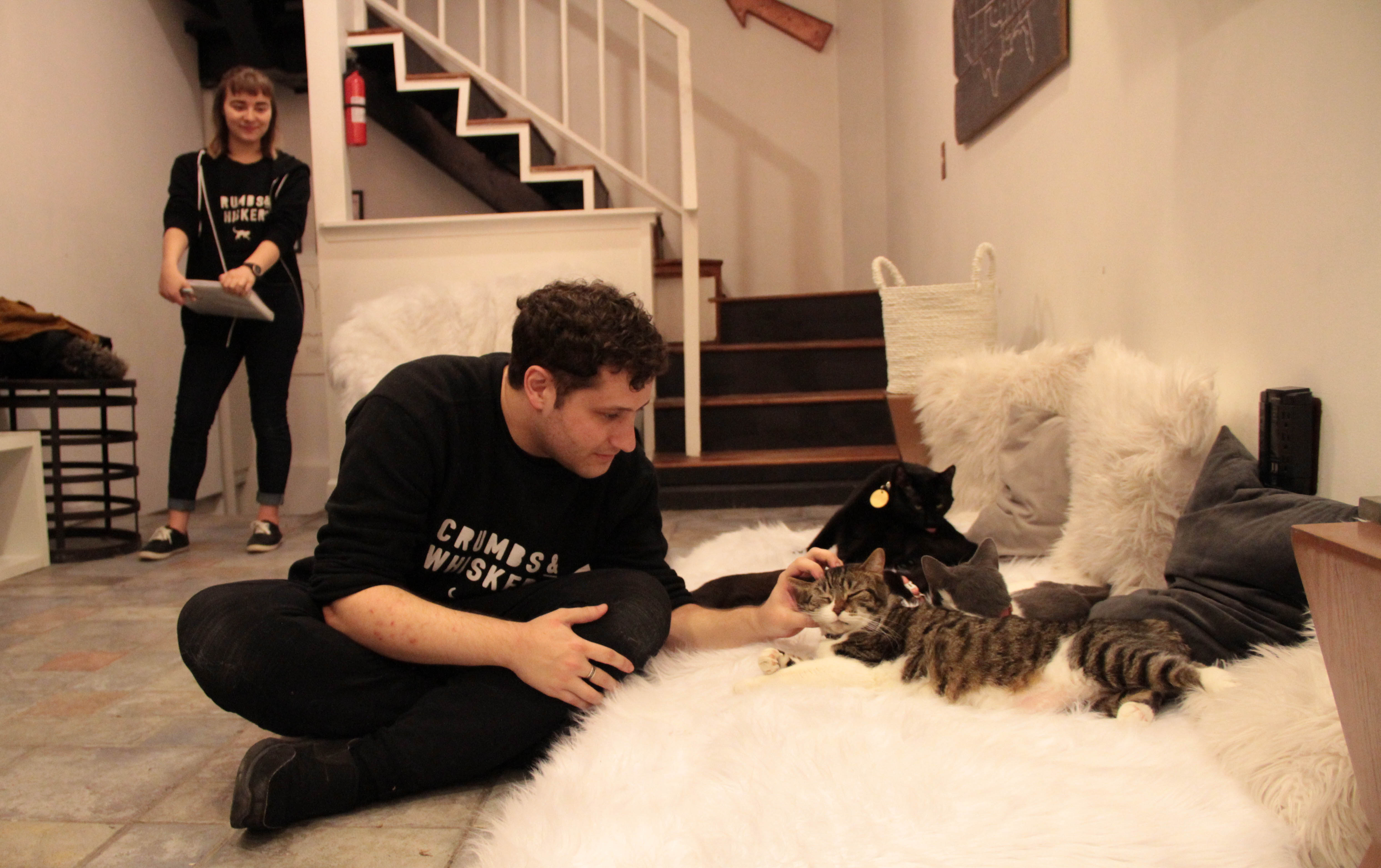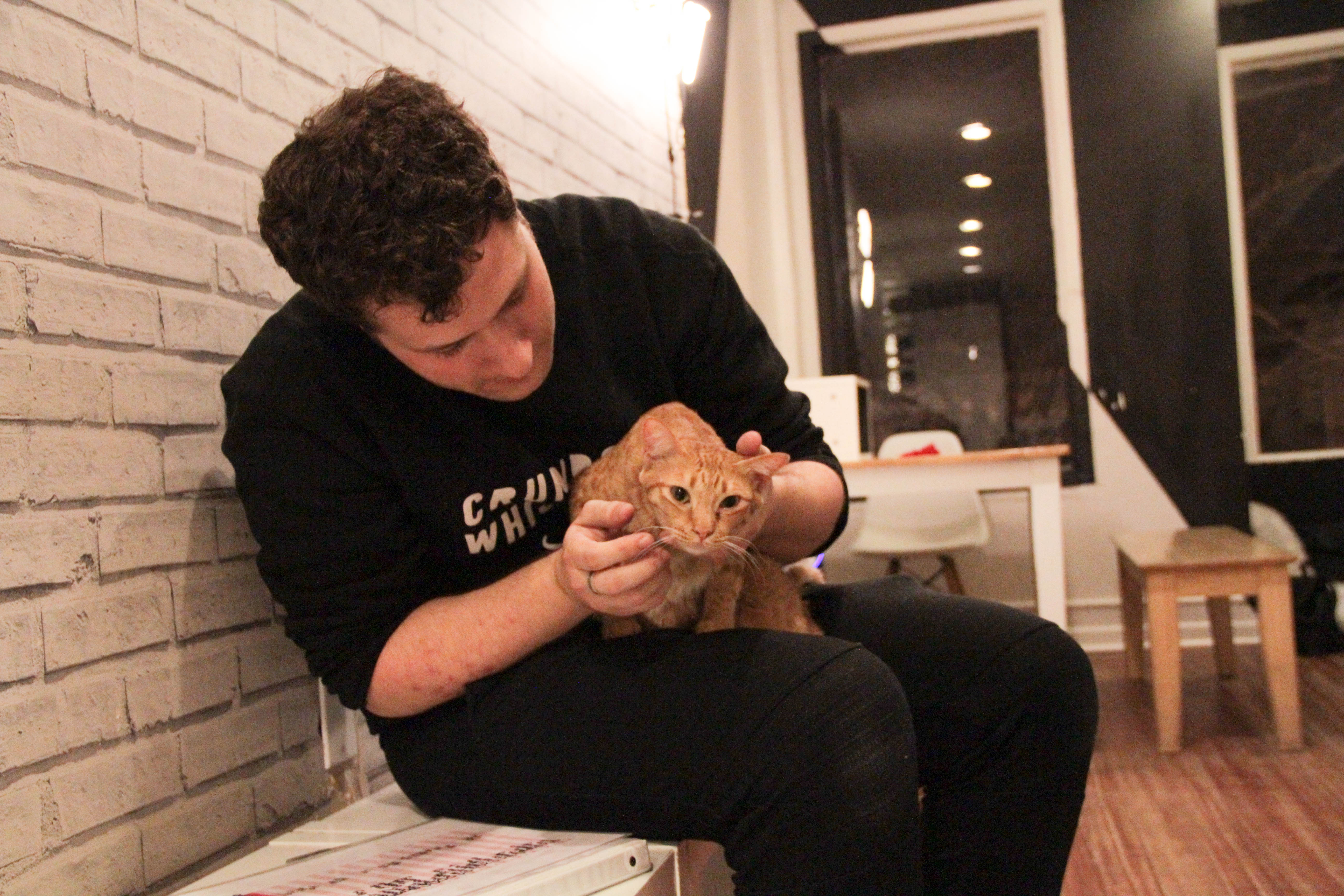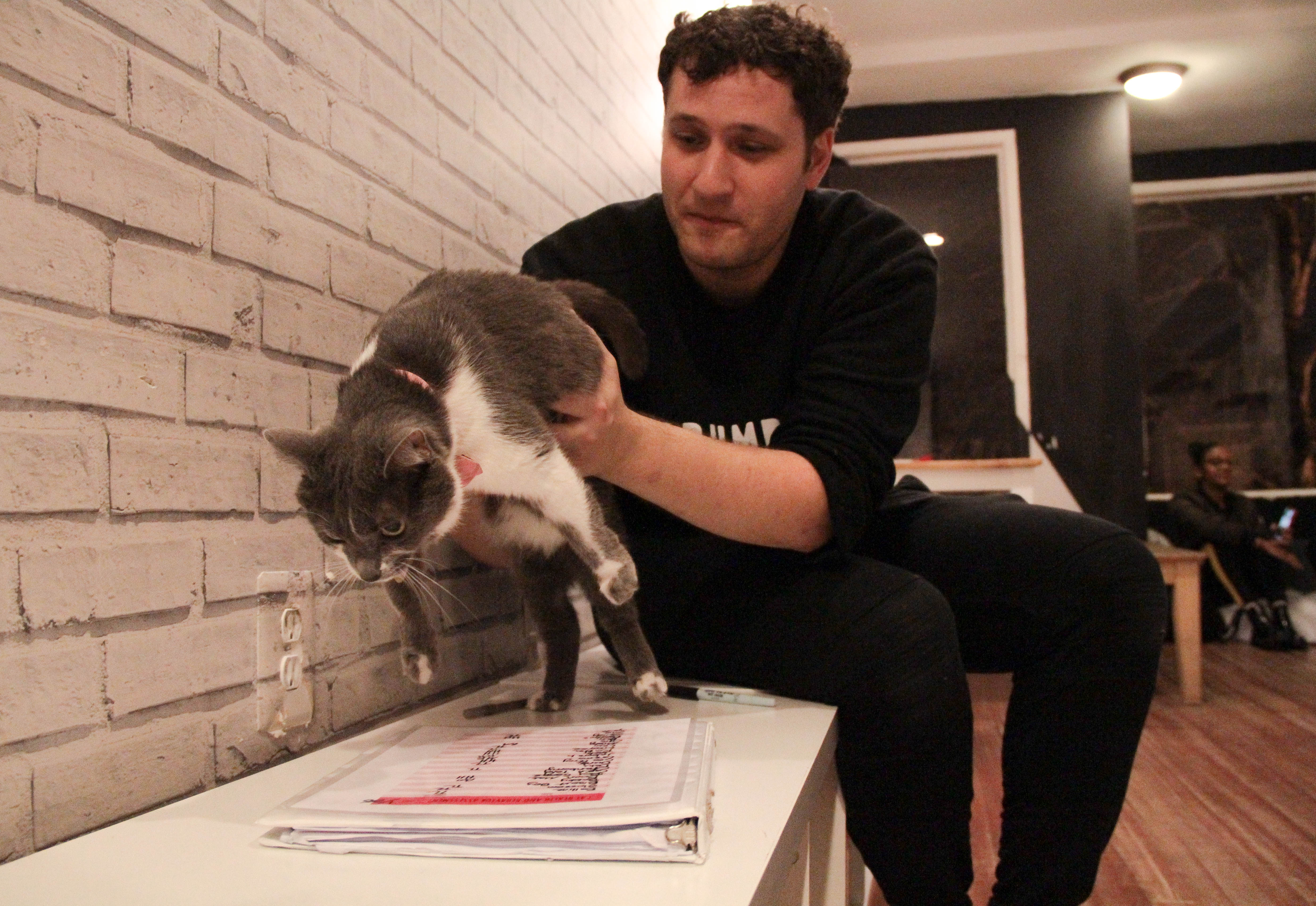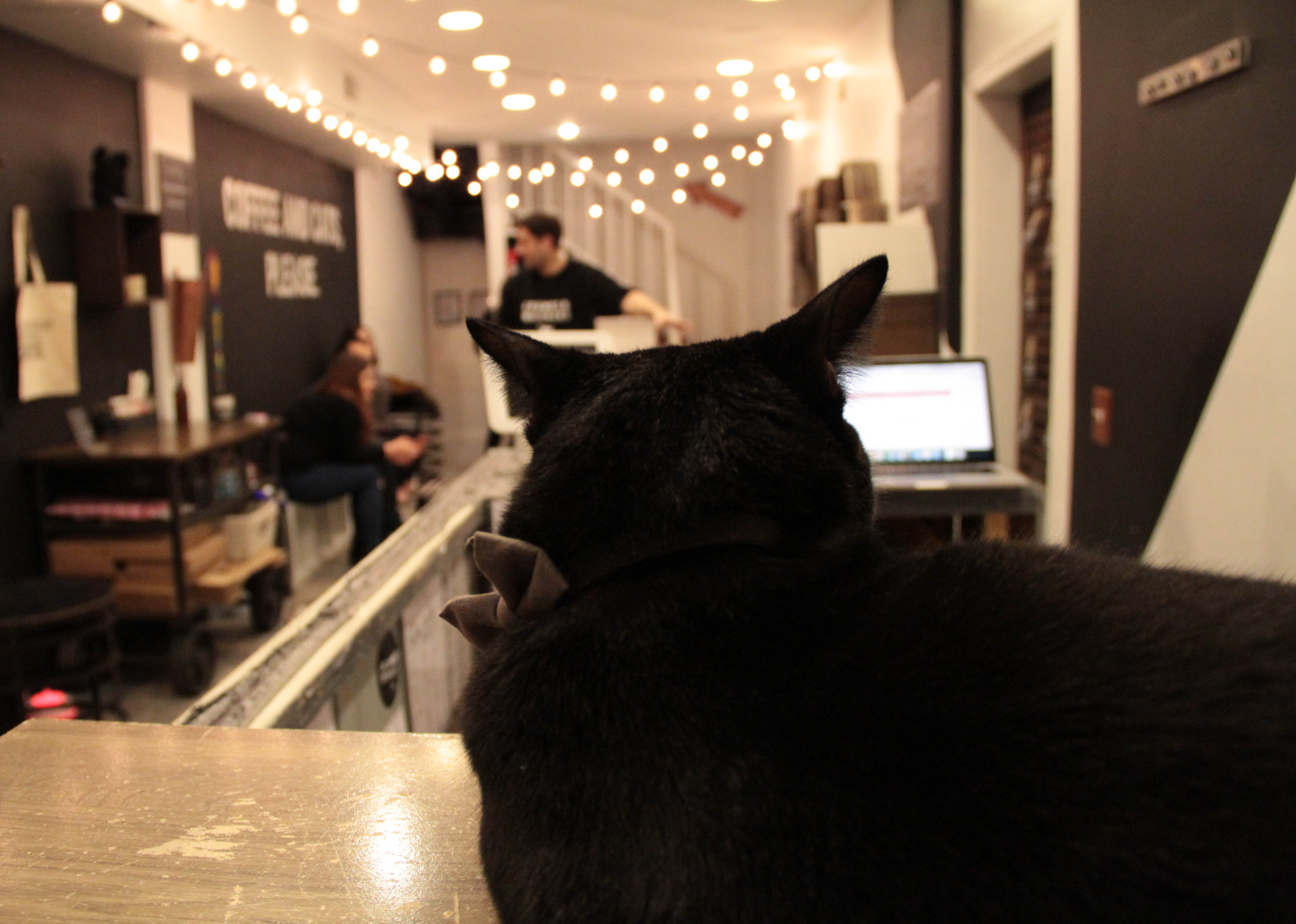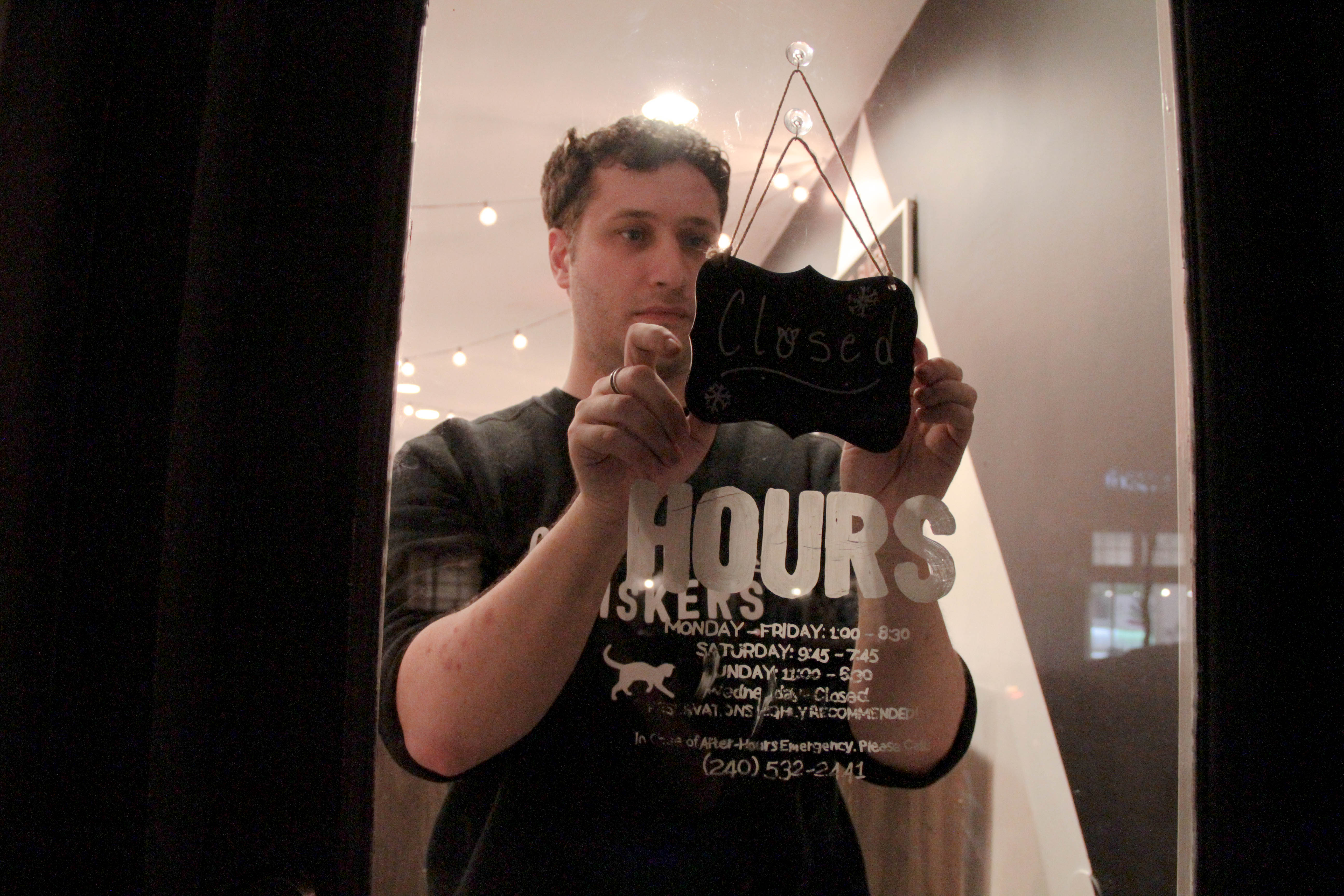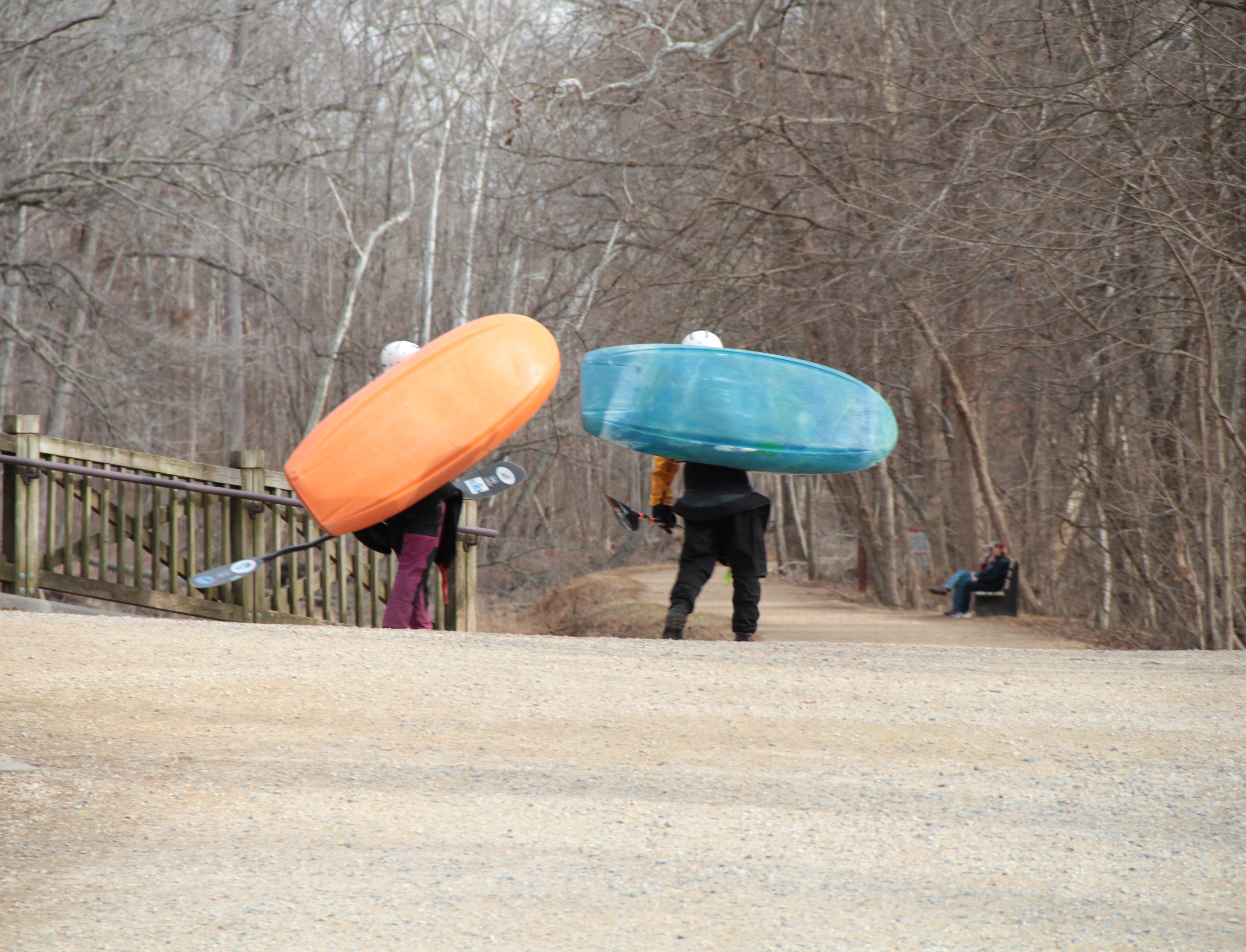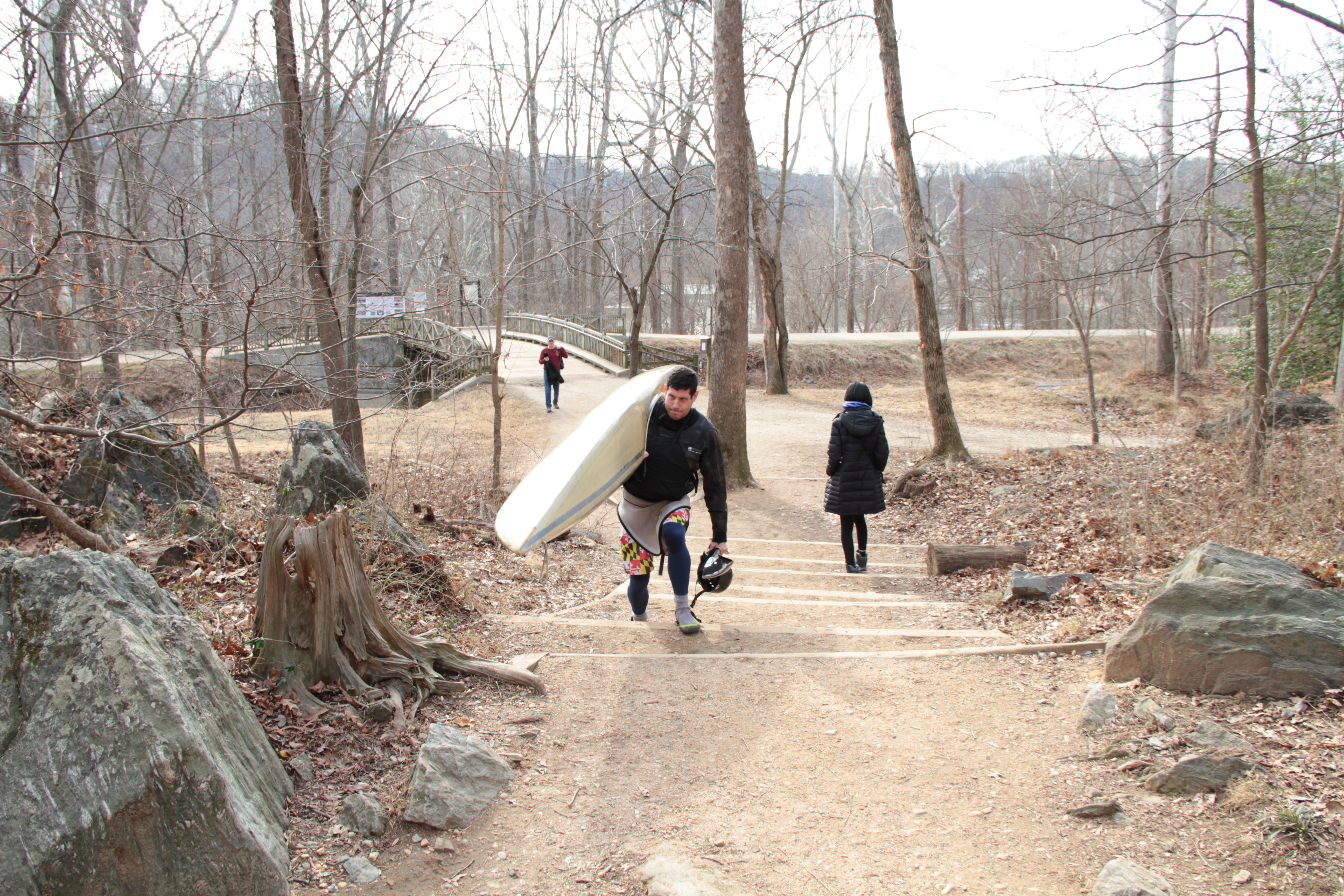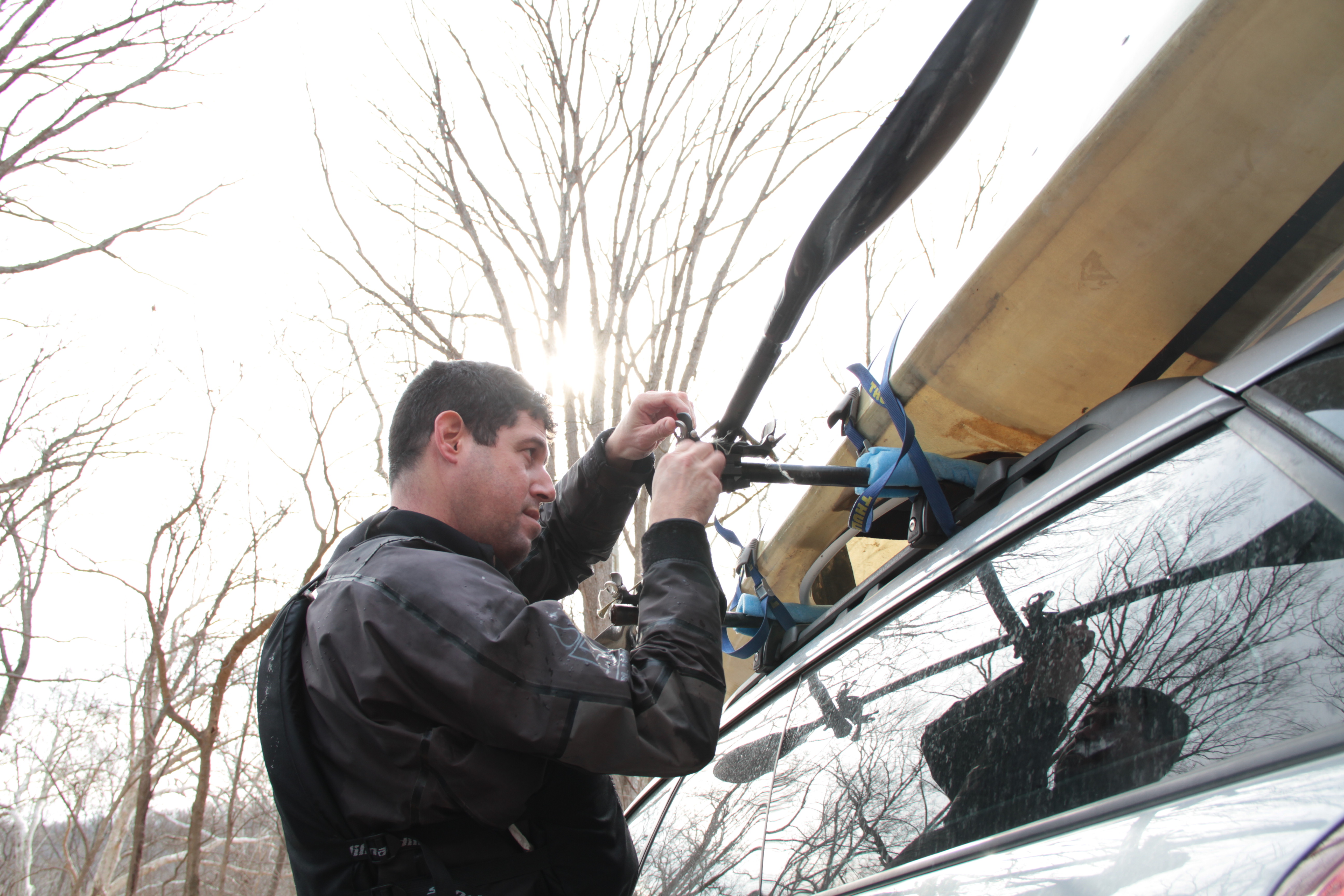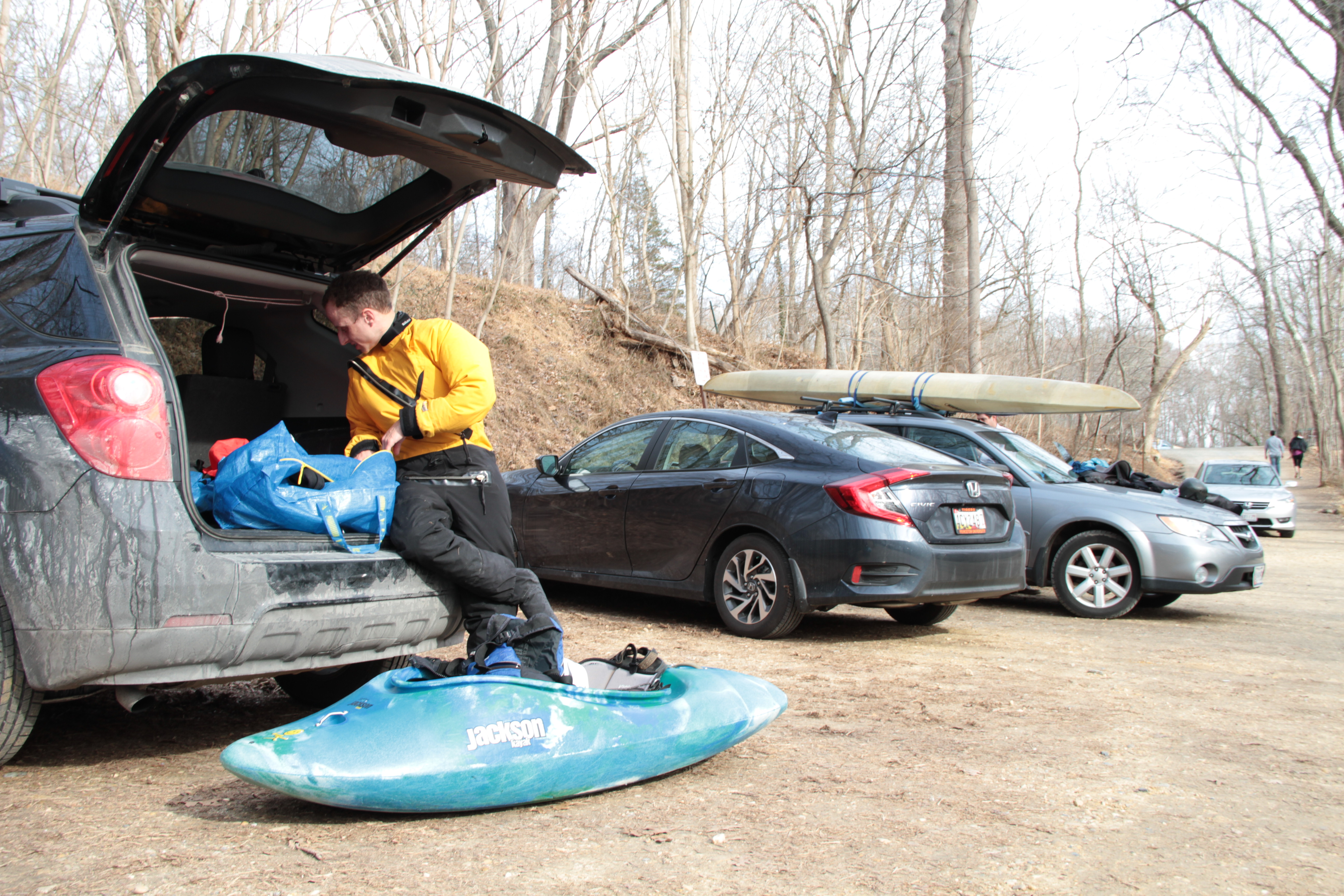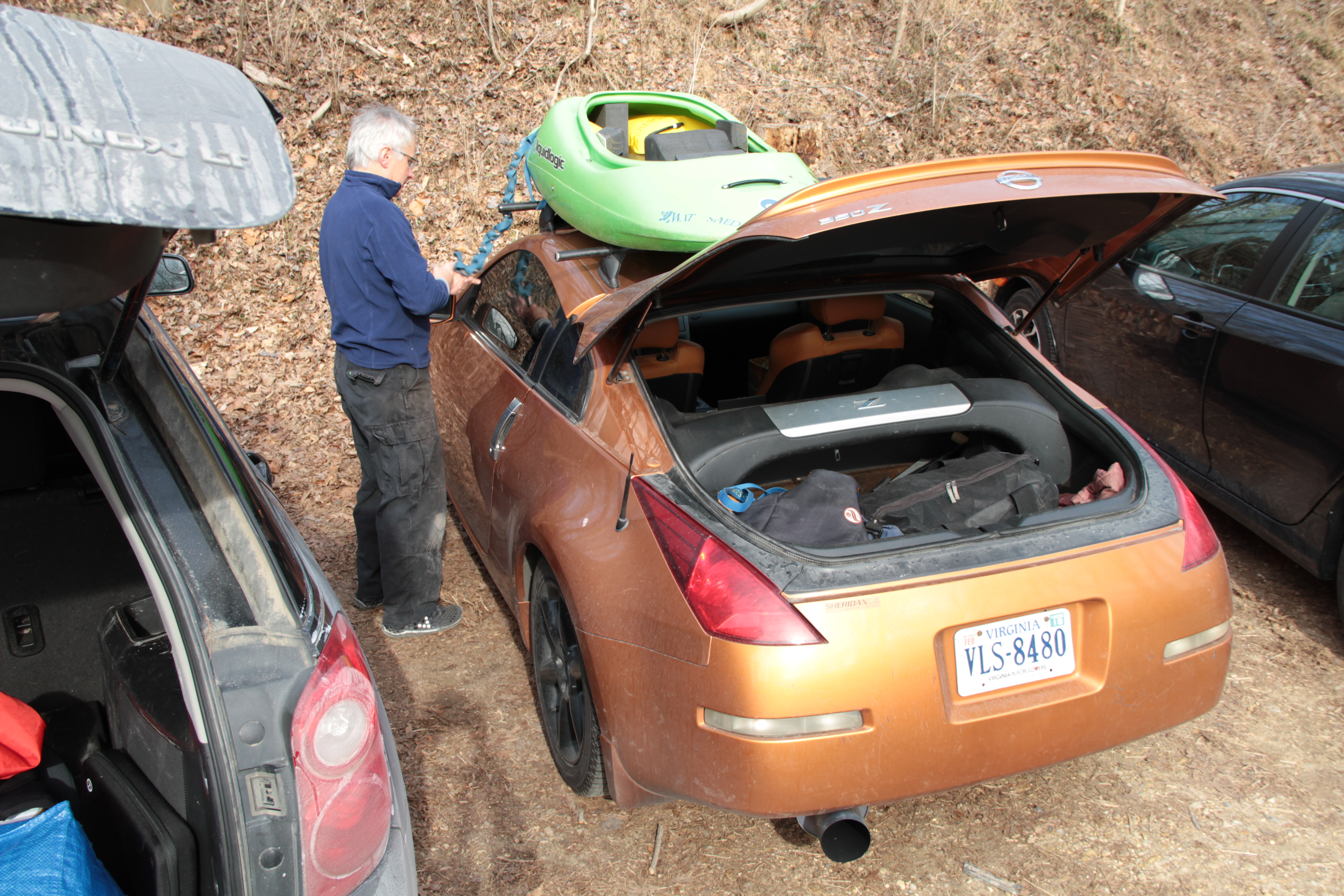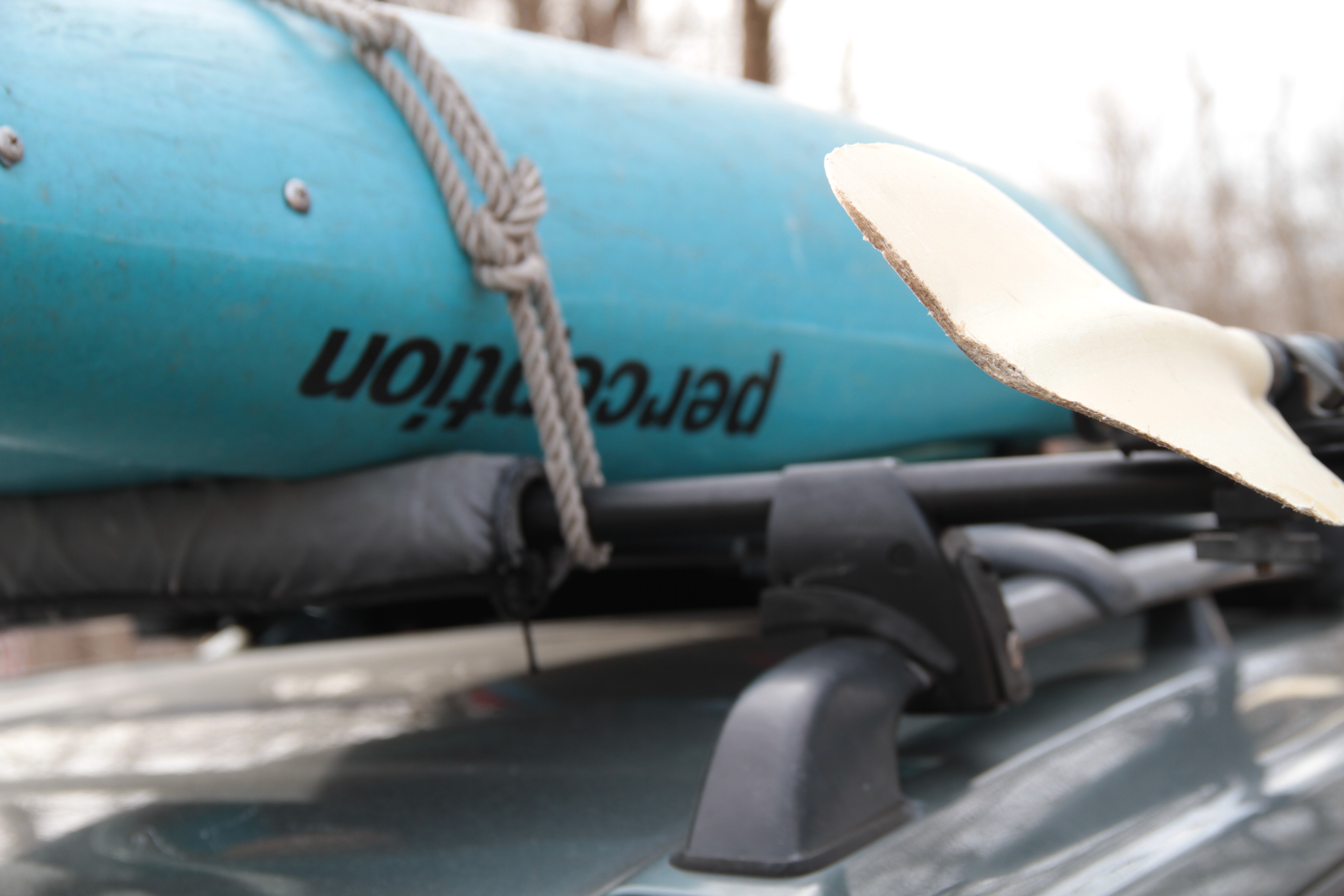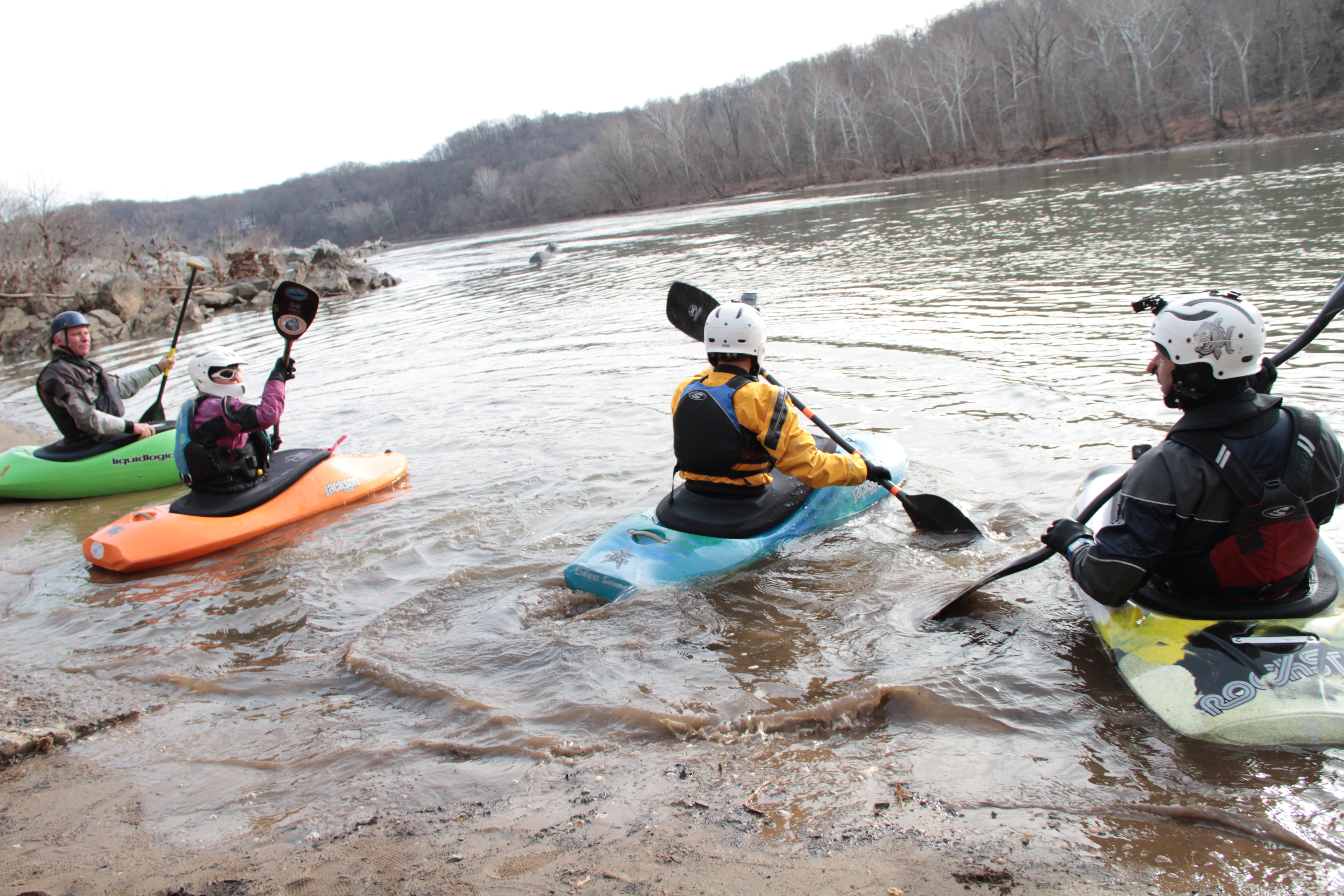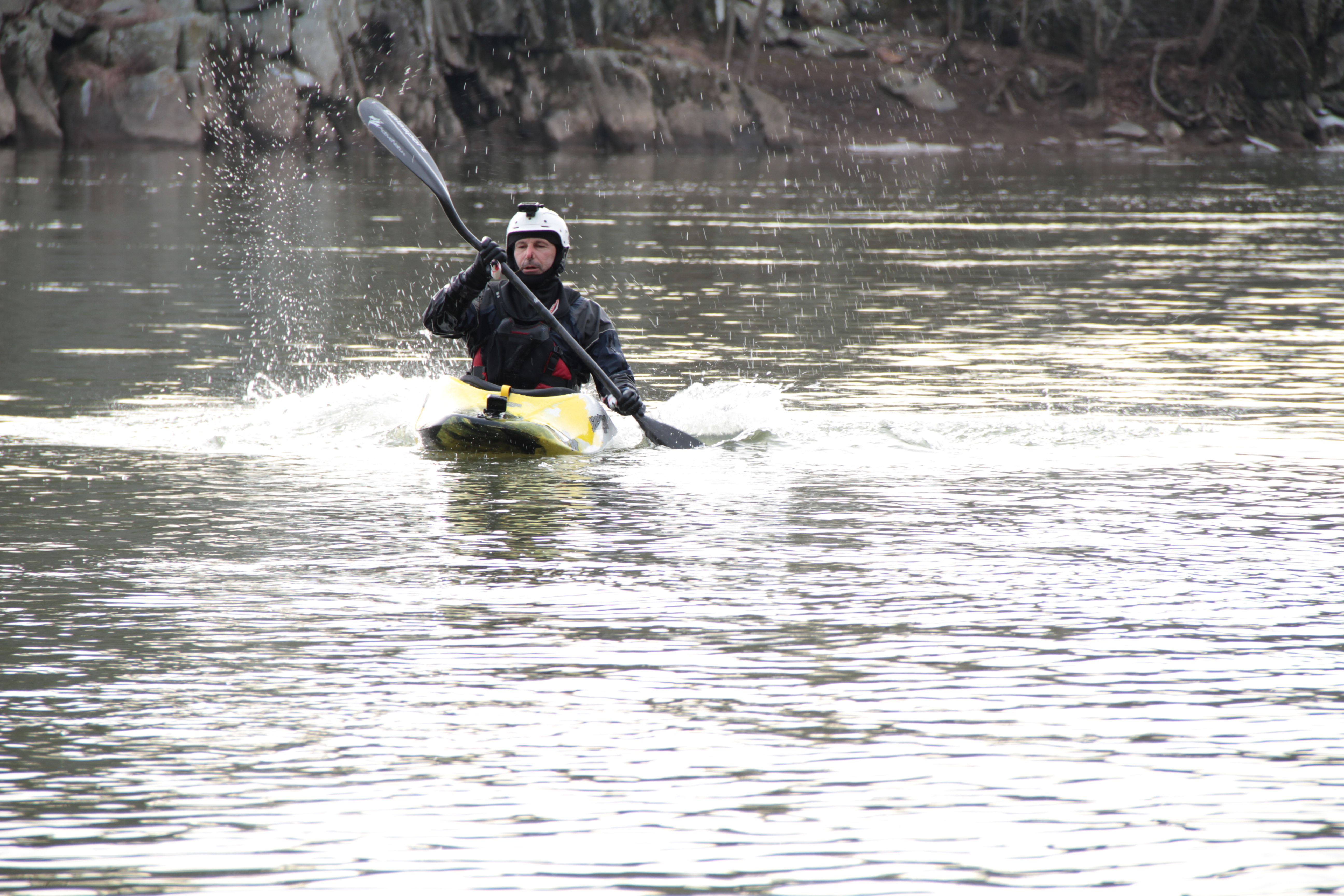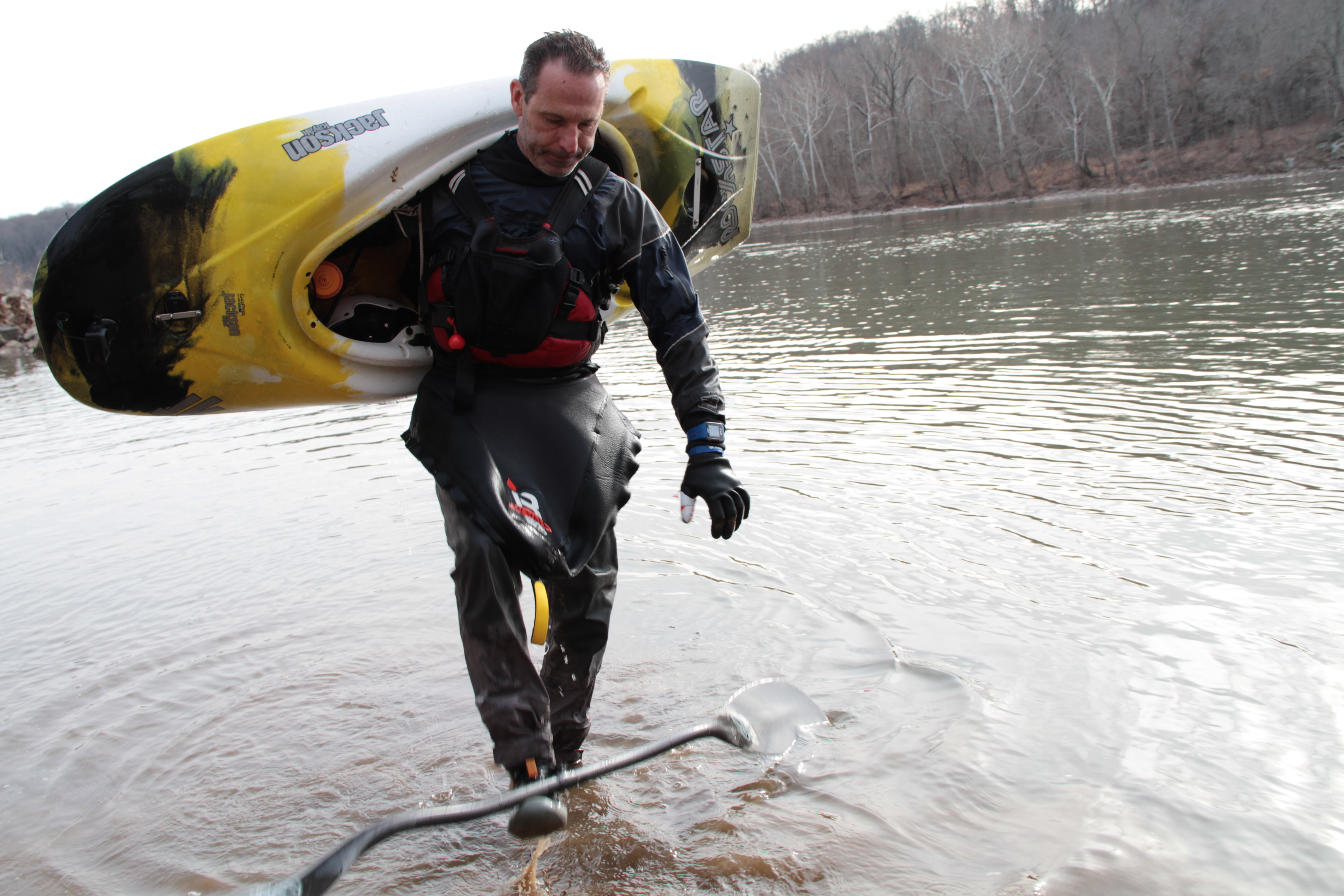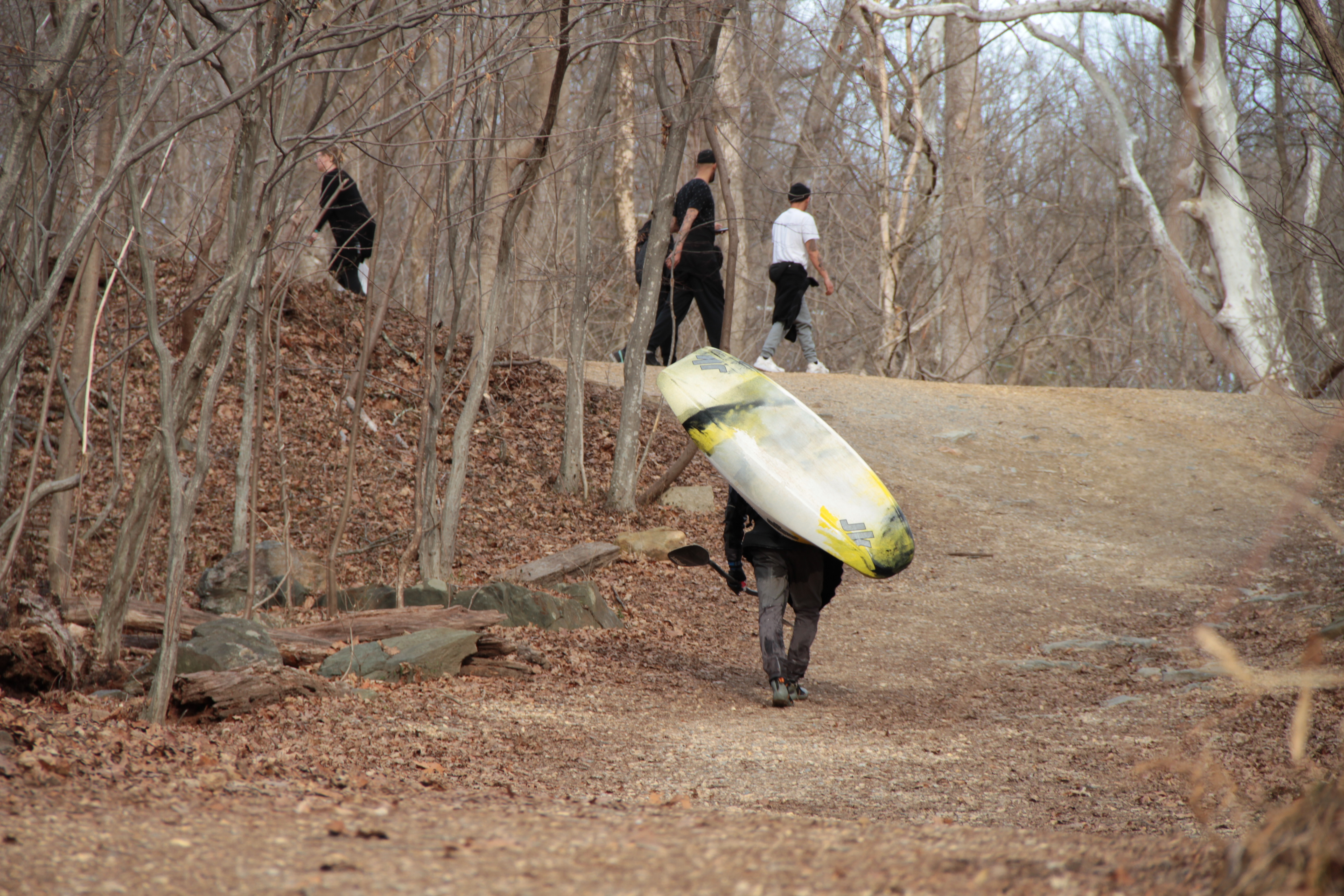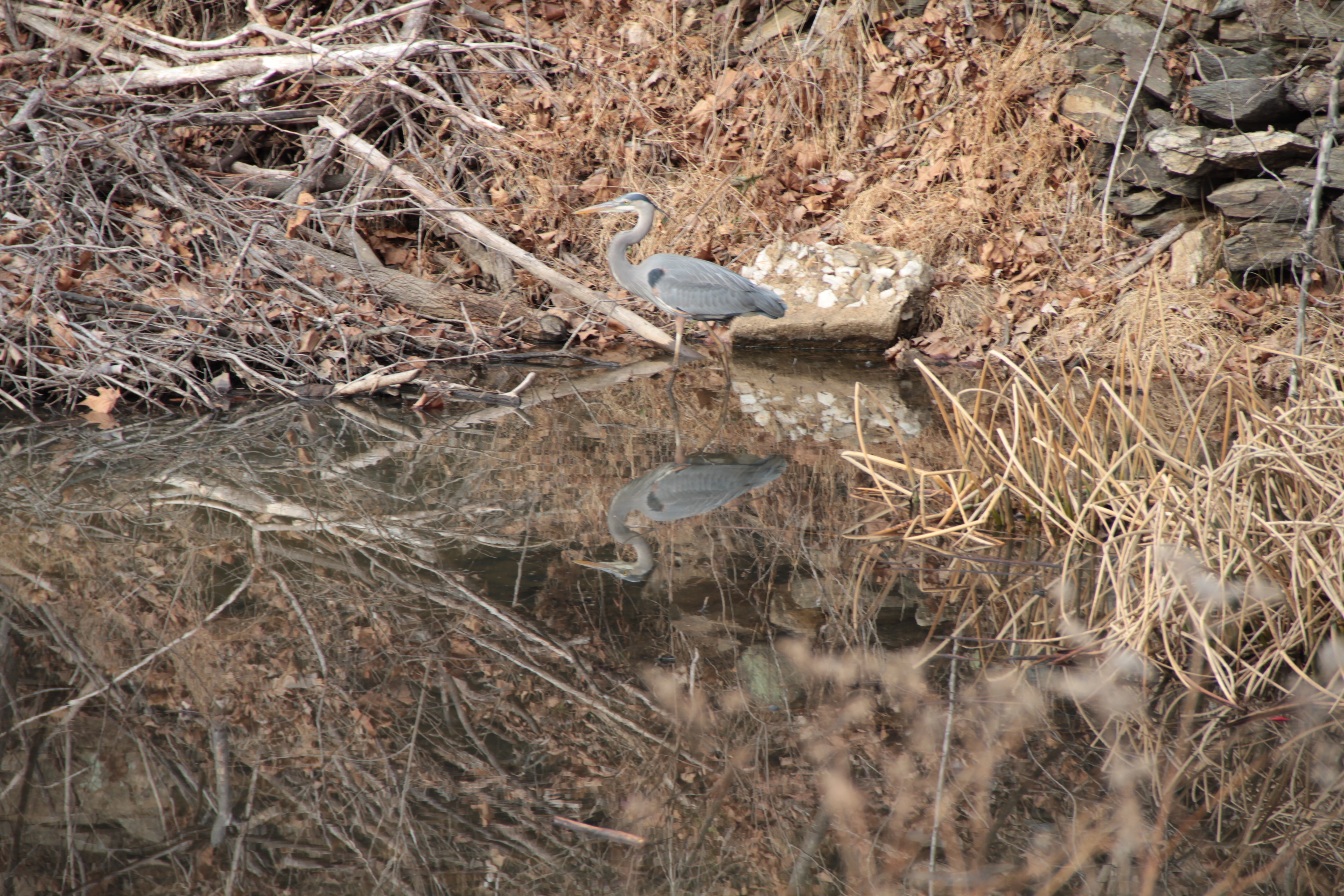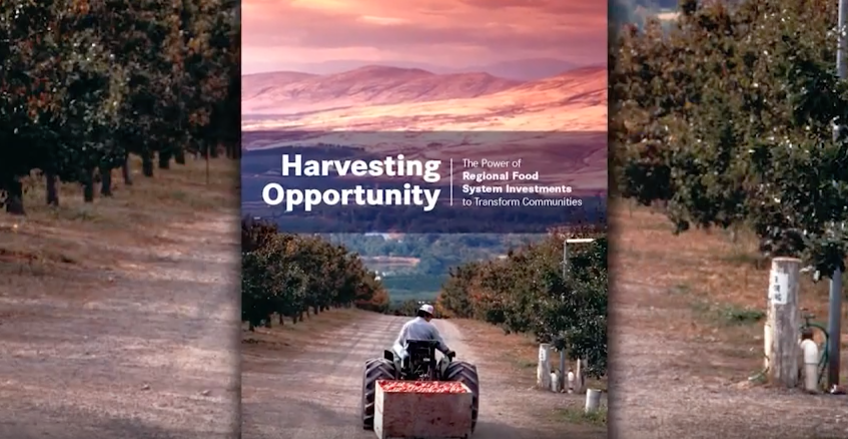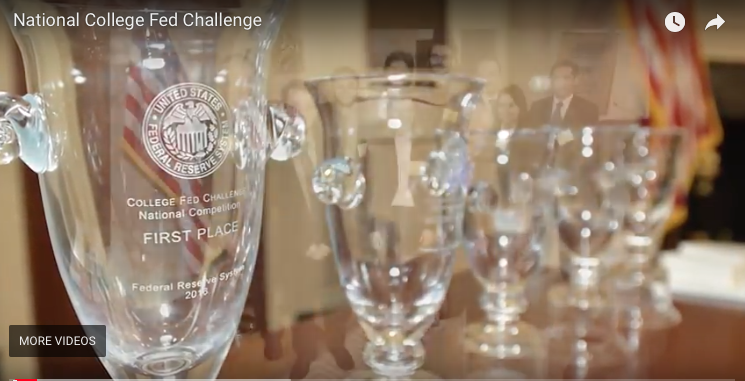Why the launch of robotic satellites may revolutionize space
Washington, D.C. – Modern society is dependent on satellites for a host of activities, such as sending internet, TV, and cell phone signals, monitoring the polar ice caps, forecasting weather, and detecting adversarial nuclear weapon capabilities. Yet, we currently can’t repair or upgrade them.
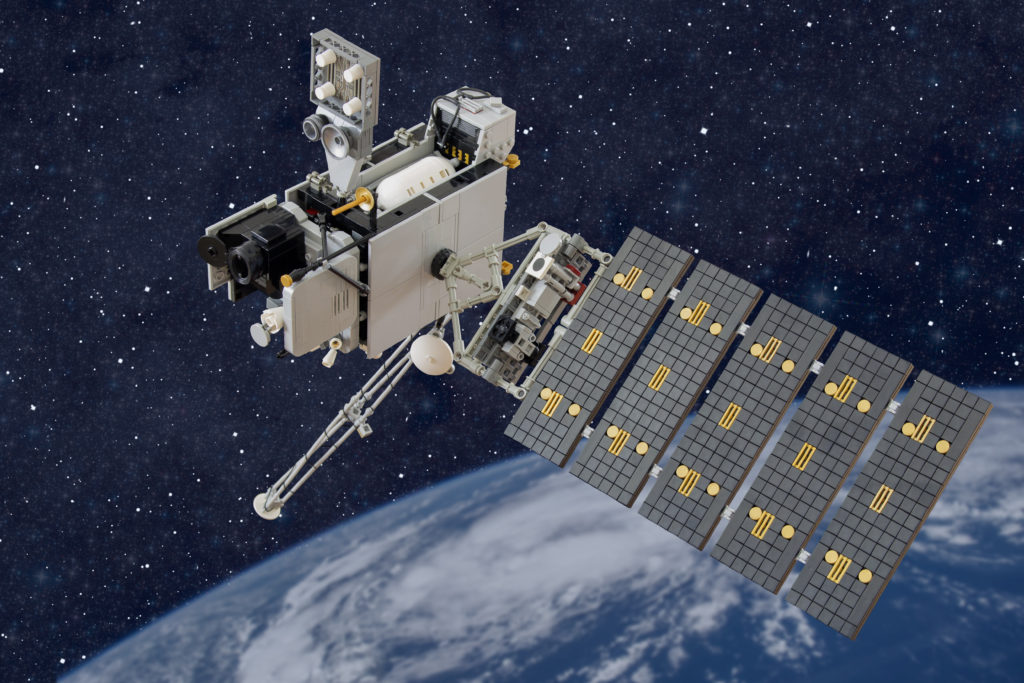
When something goes wrong with a satellite, hundreds of millions of dollars as well as our safety or ability to function normally could be at stake. While currently “they aren’t failing in droves” or “dropping out of the sky,” says Benjamin Reed, chief division director at NASA. He likens the situation in orbital space to having cars but no gas stations, tow trucks, or auto mechanics. “If every transmission repair shop closed up today, people would still drive all the time,” says Reed. “If they had a transmission problem, they’d have to get another car.”
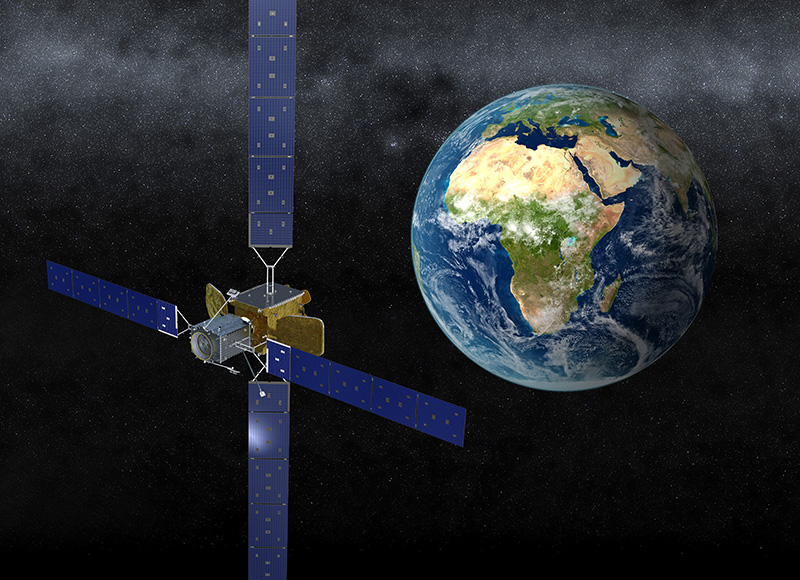
The world’s first satellite servicing technology, the Mission Extension Vehicle (MEV), which is capable of pushing satellites in orbit, was launched in October of 2019 by SpaceLogistics, a subsidiary of Northrop Grumman. It successfully docked with a 19-year-old Intelsat communications satellite this past February. At the Satellite Innovation Conference last fall, Intelsat CEO Steve Spengler spoke about his interest in the MEV: “If a satellite is still making money for you, why would you want to throw it away?”
Northrop Grumman will soon be involved in another breakthrough. The Defense Advanced Research Projects Agency(DARPA) recently announced the company as the commercial partner for its Robotic Servicing of Geosynchronous Satellites (RSGS) program. The RSGS program involves dexterous robotic manipulator arms that will dramatically expand the current capacity for servicing satellites in orbit. Northrop Grumman’s SpaceLogistics is building satellites equipped with these robotic arms, which it plans to launch into space in 2022. This means that repairing, towing, inspecting, and updating satellites in orbit will be possible in the near future for the first time ever.
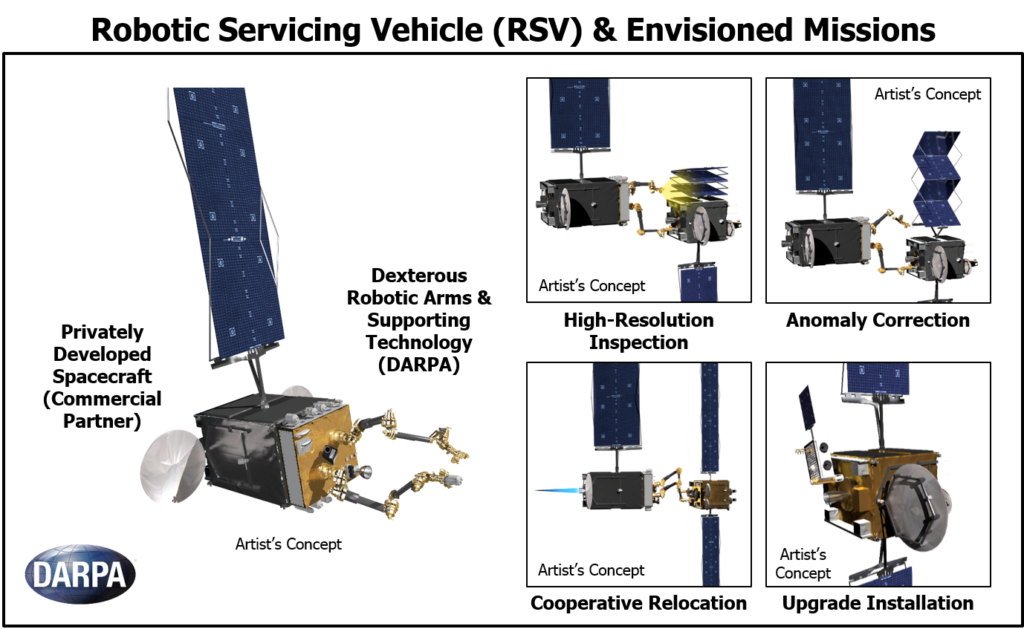
DARPA wanted to make the RSGS program a public-private partnership, because space is becoming more commercialized There are currently five times as many commercial satellites as government ones in geosynchronous orbit. “No commercial company is going to call the U.S. government and say, ‘Could you please service my satellite?’” says Dr. Gordon Roesler, the former DARPA scientist who created and led the RSGS program.
Why do we want to service satellites?
Since the late 1950’s, modern society’s increasing dependence on space technology has made its effects far-reaching. For example, we rely on space-based positioning, navigation, and timing signals to support ground, sea, and air travel. Financial institutions also use these signals for timestamping transactions for services, such as ATM and credit cards. The vast majority of satellites in space provide communications services, such as voice, mobile phone, internet, television, and data transfer for military and civilian users. Each satellite is uniquely created for its specific purpose. “These are custom built expensive assets that fulfill basic needs within commercial industries and national interests,” says Rudranarayan Mukherjee, robotics technologist at NASA’s Jet Propulsion Laboratory.
The demand for communication services continues to accelerate. For instance, internet access is increasingly being regarded as a basic household utility. More than half the world’s population, 4.1 billion people, are now online. The number of internet users world-wide has grown 10% per year on average from 2005 to 2019, according to a report by the United Nations’ International Telecommunication Union (ITU). The popularity of video streaming services is driving some of that demand. A survey by Deloitte found that 2018 was the first year that more American households paid for a video streaming service than for a traditional television subscription. Netflix added 15.8 million subscribers during the first quarter of 2020 when the coronavirus pandemic hit.
Satellites fill communications gaps for rural areas and developing nations that don’t have access to cable-based services. Furthermore, they are the only option to connect mobile devices and transportation spaces, such as cars, airplanes, and ships. “It’s getting more and more expensive to put in fiber,” says Gordon Roesler, former DARPA program lead. “So, there’s this market for satellites.”
However, commercial satellites are a costly venture as well. Low Earth orbit (LEO) satellites are around $1 million each. Satellites that are higher up in geosynchronous orbit (GEO) run between $200 to $400 million apiece, plus roughly $60 million to launch. Despite this, the business case for launching communications satellites is strong. This industry generated over $100 billion dollars in revenue in 2018 according to Statista. As DARPA’s robotic servicing vehicle partner, Northrop Grumman will have the market cornered for close to 500 potential customers in GEO. This is why “they expect to get well-paid back for what they spend on building the bus to support the robotics.” says Roesler.
Most satellites have been in space around 10 years, and it takes an additional four to five years to build and launch one. Therefore, they are operating with very outdated technology. “The satellites that we’re relying on to spy on the bad guys, to monitor the health of the planet, to search for life in the universe, is all old and stale technology,” says NASA’s Ben Reed. “With servicing, we have the prospect to put in new cameras, better detectors, processors, solar rays, and storage, so we can dump more data to the ground.”
Engineers put a lot of effort in ensuring that a satellite will function properly before it is launched, however some issues are unpredictable. For a satellite to operate successfully “many complicated things have to go right,” says JPL’s Rudranarayan Mukherjee. “Even if they went right, there are environmental factors, like space weather, that can make things very challenging.”
Why are government agencies in the satellite repair business?
While space-enabled communication services are in high demand by consumers, the general public is largely unaware of how satellites have become indispensable to governments. For example, the geosynchronous satellites operated by the National Oceanic and Atmospheric Administration provide weather forecasting and predict emergencies. “A lot of essential government services, both from a civil side and administrative side as well as for national interests, have data packets and information coming through spacecraft,” says JPL’s Rudranarayan Mukherjee. “Space, for the last four or five decades, has become essential across the world.”
Satellites are also critical for military operations, “including missile warning, geolocation and navigation, target identification, and tracking of adversary activities,” according the Defense Intelligence Agency’s (DIA) “Space Security Challenges” report. The Air Force’s missile detecting satellites, which cost $2 billion each, have massive strategic significance. For example, if the U.S. government is told a country is launching a missile at us and, “this satellite says, ‘No, they’re not,’ it prevents war,” says Gordon Roesler, former DARPA program lead.
This is why U.S. military satellites are the target of programs to counteract and destroy them. According the DIA’s report, China and Russia reorganized their militaries in 2015 to emphasize space operations, viewing “counterspace capabilities as a means to reduce U.S. and allied military effectiveness.” These countries are developing ways to harm satellites through cybers threats, electronic warfare, such as jamming or spoofing signals, energy weapons (lasers, microwaves, and radiofrequencies), antisatellite missiles, and orbital threats (satellites with destructive technology). The report cites that Iran and North Korea also have demonstrated some counterspace capabilities, such as signal jamming.
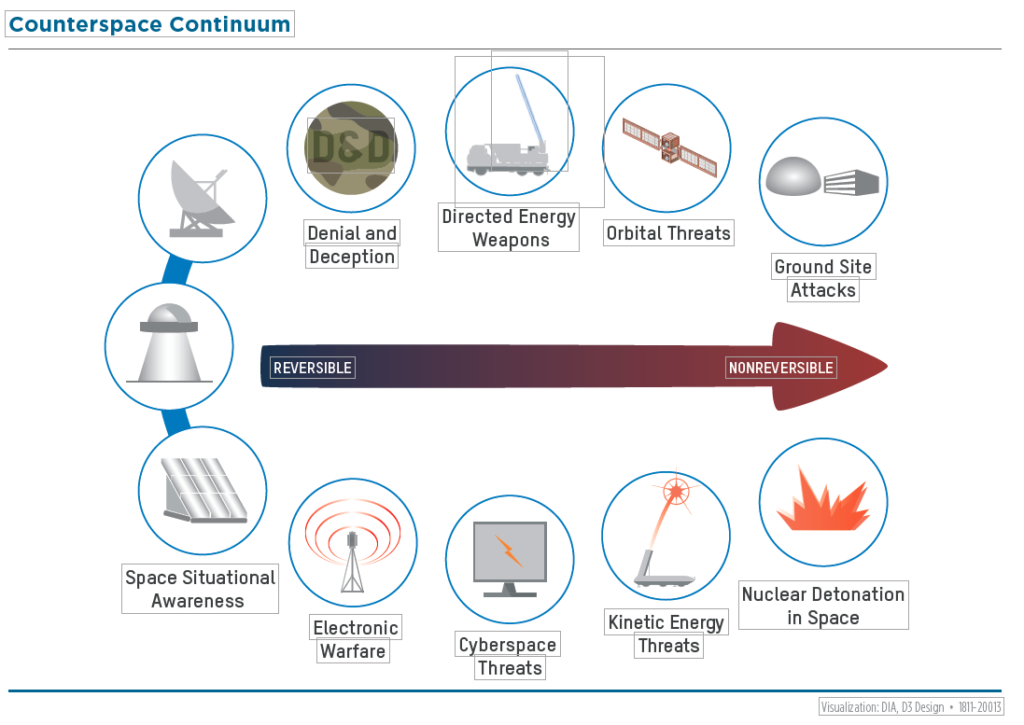
With this degree of existential threat looming, it’s no wonder that the U.S. government would invest in ways to protect them. Agencies like NASA and DARPA have had to take the lead in developing satellite servicing, because the old “chicken or egg” dilemma has plagued its business case for over a decade. Satellites are not currently designed for servicing, because no servicer exists. Yet no servicers exist, because there are no serviceable clients. To counteract this, NASA began practicing refueling a satellite that wasn’t designed for it with a module launched in 2010 to “break this paradigm where clients needed servicers and servicers needed clients,” says NASA’s Ben Reed. “Nobody wanted to be first, and nobody could afford to be the first.”
How is space debris a factor?
Like a car, satellites fail, get old, run out of fuel, and die. However, they are not always sent to the junkyard or de-orbited. A robotic satellite could address troubled satellites before they become another hunk of space junk, and there’s a lot of junk up there.
Congestion due to the increasing number of objects in orbit, both active satellites and space debris, is a challenge. Since the launch of the first satellite, Sputnik 1 in 1957, over 9,000 satellites have been put in orbit, but only approximately 2,000 are still functioning, according to the European Space Agency (ESA) in an article by CNBC. There is currently about 23,000 pieces of man-made debris that are regularly tracked, but there are millions of pieces too small to track, says the ESA. Yes, humans have already polluted outer space.
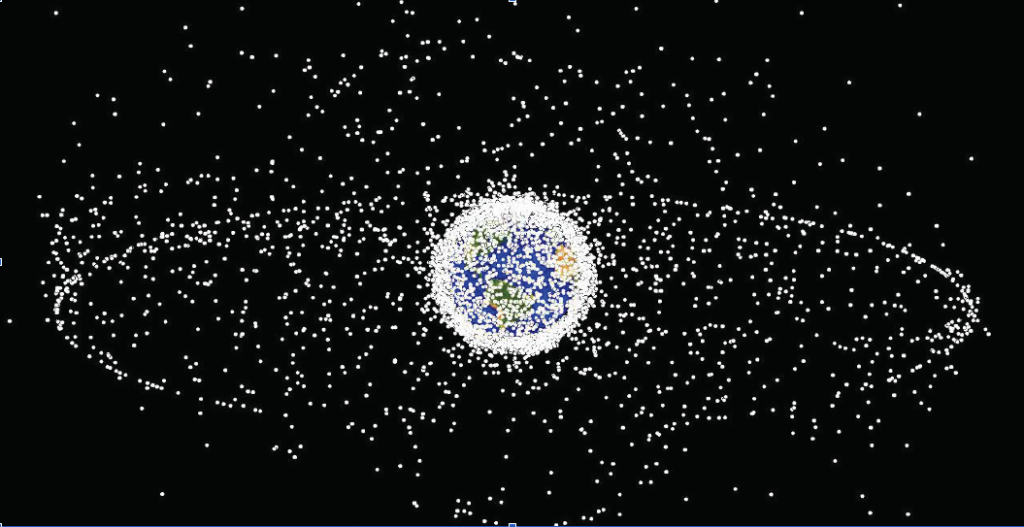
Millions of pounds of debris are thought to be orbiting the Earth, however “space is bigger than big so the amount of debris in space isn’t actually that much,” says NASA’s Ben Reed. Given that satellites are, relatively small, often only about the size of a washing machine, the probability of collision is low. Yet, due to the tremendous speed required to stay in orbit and escape Earth’s gravity, known as orbital velocity, “when there’s a collision, it’s almost always catastrophic,” says Reed.
Space pollution ranges in size from multiple tons to a grain of salt. Jon Goff, President and CEO of Altuis, a company that develops technology to make satellites more serviceable, categorizes it in three sizes — BBs, hubcaps, and buses. “The buses and the hubcaps are big enough that you can track them from the ground, so you can dodge them,” says Goff. “The BBs come from hubcaps and buses slamming into each other, so if you can get rid of the bigger stuff, it will stop generating the smaller stuff.”
The vast quantity of tiny fragments of space trash are created in a few ways. When satellites collide with each other, they shatter to pieces. However, this is rare. The most recent collision event like this occurred in 2009. Another culprit is that parts of rockets designed to come off while launching explode into small pieces after detaching. Additionally, satellites have been broken into smithereens by missile attacks.
The amount of time debris can remain varies widely. It can last just months to thousands of years, depending on where it orbits. This makes it conceivable that the debris problem could be at the beginning of an exponential curve. “There is a very real risk that if you don’t take this seriously, we could generate enough debris that we might not be able to use space for a hundred years,” says Goff.
Even the small pieces of space trash can further perpetuate the problem of space debris, because they are traveling faster than a bullet. “Something that weighs a pound, which you might not even be able to see from Earth on the tracking systems, could utterly obliterate a satellite,” says Gordon Roesler, former DARPA program lead.
To prevent this from happening, most satellites are equipped with rocket motors, which can push them out of the away in the event of a conjunction warning. These propulsion systems can also move a satellite out of orbit at the end of its life, preventing it from becoming more space waste.
According to NASA, if the probability of collision is greater than one in 100,000, a tracking program through the Space Surveillance Network sends an alert and a debris avoidance maneuver will be conducted. “Someday we may have traffic separation schemes, but they don’t exist right now,” says Roesler. “It’s a lot like horses and buggies on a field where there’s no roads and there’s no stoplights.”
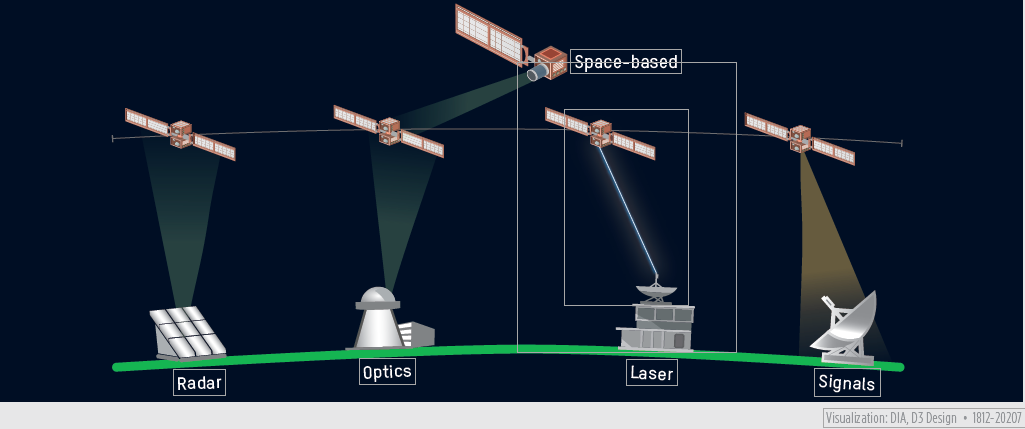
Space debris is especially a problem in low Earth orbit, where the International Space Station resides. Between 1998 and 2017 it has maneuvered at least 25 times to avoid a collision, according to the 2019 “Space Security Challenges” reportby the U.S.’s Defense Intelligence Agency (DIA). As the amount of debris and objects in orbit continues to increase, satellite manufacturers must spend more on protective shielding and fuel for more frequent avoidance maneuvers.
Various ideas to increase the sustainability of space have been conceived and tested, however none of them are currently affordable enough to address the scale of the problem. “Nobody wants to fork over money to clean up mistakes made in the past,” says Goff. “If there was a clear story of who would pay for it, commercial companies would be all over it.”
Could we send a robot to the rescue?
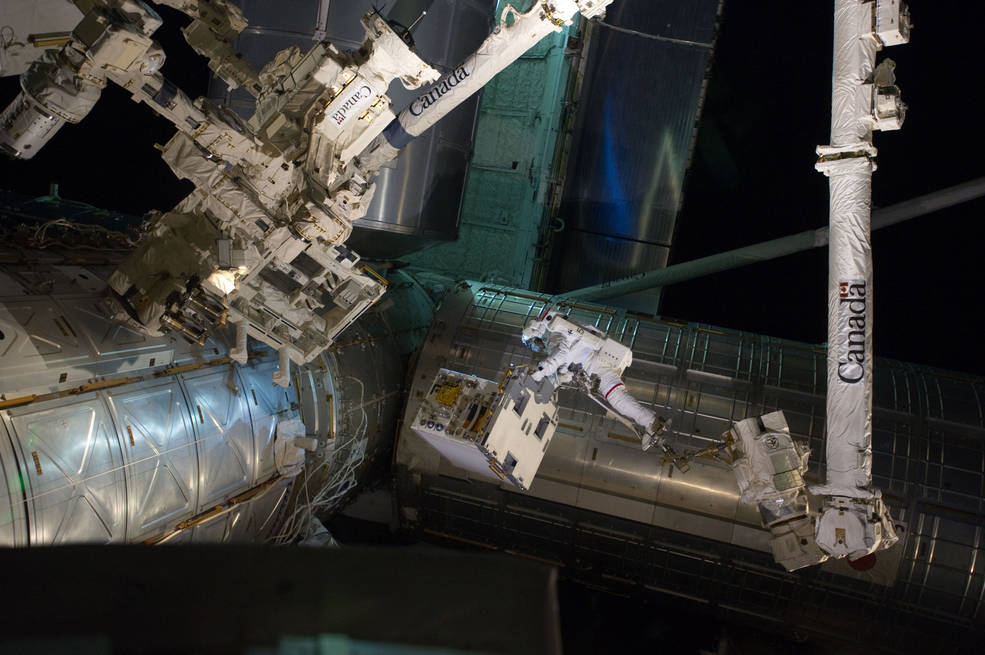
(Image: NASA)
In the 60 years since satellites have been launched, servicing them has been done by astronauts and is extremely rare. Exceptions have been the Hubble telescope, which was visited five times, and the International Space Station, which is continually maintained. Robots significantly reduce safety issues, limitations, risks, and costs compared to human servicing. “You send up a robot and if it runs into trouble, well that’s a darn shame,” say NASA’s Ben Reed. “But it’s not going to make the front page of the Washington Post.”
DARPA’s robotic servicer will be capable of repairing multiple satellites before refueling, because it will operate in GEO, which is a single ring directly above the Earth’s equator with over 500 satellites in it. “So, getting from one to the other doesn’t take much fuel,” says Gordon Roesler, former DARPA program lead.
An RSGS spacecraft can do four main tasks: repairing, towing, inspecting, and updating. There are several work requests that might be common. Unforeseen events can happen in space, such as solar flares or solar wind, that can damage satellites. Mechanical failures can be an issue. For instance, the solar panels on satellites, which enable them to operate for 10 to 15 years, can need repair. They don’t always unfold properly when a satellite is launched, causing it to lack enough power to fully function. Satellite antennas can also get stuck. Issues, such as these, can result in major financial losses. A recent antennae glitch on a Viasat satellite reduced its performance by 15%. The company’s insurance provider paid out $188 million in compensation for its claim on the malfunction.
Additionally, the RSGS servicer can operate as a tow truck to move a satellite to another place, including pushing a dying satellite into the graveyard orbit, a band that sits just above GEO, to prevent it from becoming debris. The ends of its robotic arms will house cameras and tools for doing inspections and adding attachments to update them or extend their life.
To perform servicing, the RSGS servicer will dock automatically with another satellite without a human operator. This is necessary, because the 22,000 miles distance between GEO and Earth creates a latency in the signal. This time delay could cause a robotic servicer to accidentally bump into a satellite if it had to be steered by a person on Earth, which would be disastrous due to the lack of friction in space. The robotic satellite is programmed to have permission to abort a docking operation on its own if something goes wrong. “Automation bypasses the time delay, because the robot is controlled locally,” says Roesler.
As part of a public-private partnership agreement, Northrop Grumman’s portion of the satellite, also known as “the bus,” will be built at the company’s own expense. The cost, possibly $200 to $400 million, hasn’t been publicly disclosed. Their bus will carry DARPA’s payload—the robotic arms. “So that makes it legitimate to take taxpayer developed stuff, the robotics, and give them the ownership, because they put skin in the game,” says Roesler. About $400 million in research and development went into the RSGS program from 2016 to 2020, according to DARPA’s annual budgets. Roesler estimates that the price tag for a new set of robotic satellite arms might be around $50 million.
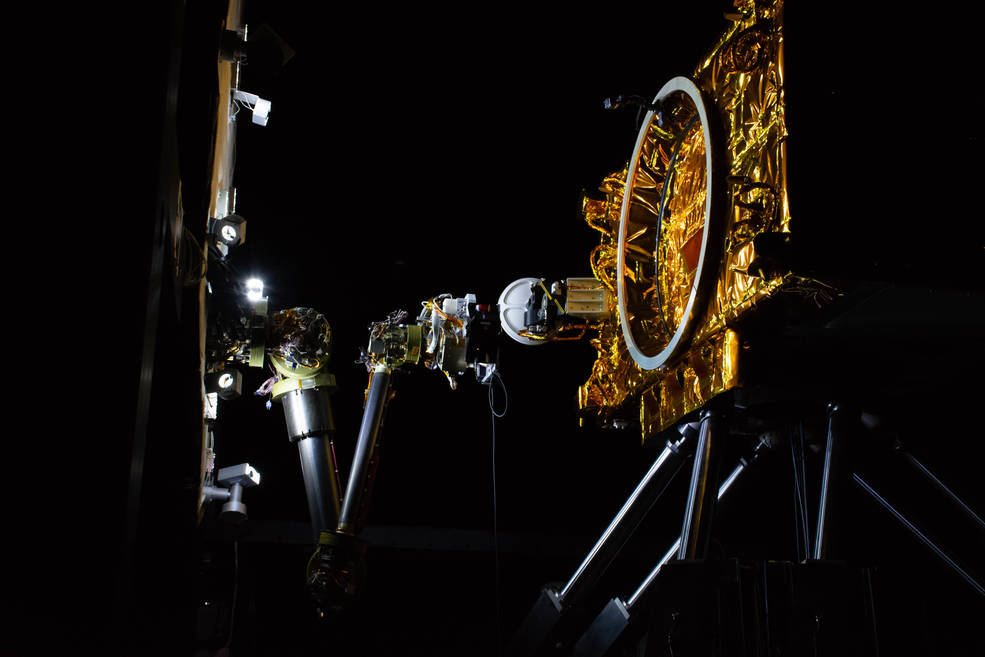
Another way to extend a satellite’s life is to add fuel. NASA is working on a mission called On-Orbit Servicing, Assembly, and Manufacturing (OSAM-1), formerly known as Restore-L, which will use dexterous robotic arms on a satellite, similar to the RSGS, to rendezvous with, grasp, refuel, and relocate the government-owned Landsat-7 satellite in LEO. “A satellite running out of fuel has no recourse today other than to become debris,” says NASA’s Ben Reed. Operators currently move them to less congested orbits “onto the shoulder of the road to not die in the middle of the highway.” The OSAM-1’s current launch date is in 2023, though Reed concedes that the government office closures, such as the shutdown for the coronavirus, may delay its launch.
Both the RSGS and OSAM-1 are designed to service non-cooperative satellites, which are satellites that were not created to be serviceable. As robotic servicing becomes feasible, a more affordable solution is to build serviceability into them. Jon Goff, the CEO of Altius, is creating interface ports that can be built into satellites to make them friendly for robotic servicers. He compares this idea to how computers workstations are designed. “When my laptop gets old and I need to replace it, I don’t throw my printer out. We only replace the part that’s obsolete,” says Goff. “Keep your satellite this highly integrated system but give it a couple of expansion ports.”
So, what’s in this for me?
When satellite maintenance becomes possible, costs for their services will decrease. Replacing a satellite because it runs out of fuel, breaks, or becomes technologically obsolete means that taxpayers and consumers pay more into the budgets of government agencies or for services such as DIRECTV and cell phone plans. “The world isn’t in a bad place, but it could be more effective, more efficient,” says NASA’s Ben Reed. “It could cost less for all those services if servicing becomes commonplace.”
Communications technologies will also advance. For instance, consumers would likely see access to the internet expand to more places with increased speed or more robust data capabilities on their mobile phones. “The first thing most people do when they wake up is open their phone and look at what messages they got. That’s a perfect example of data through spacecraft,” says JPL’s Rudranarayan Mukherjee. “Just because you don’t see spacecraft, it doesn’t mean they don’t impact everybody’s life in a palpable manner.”
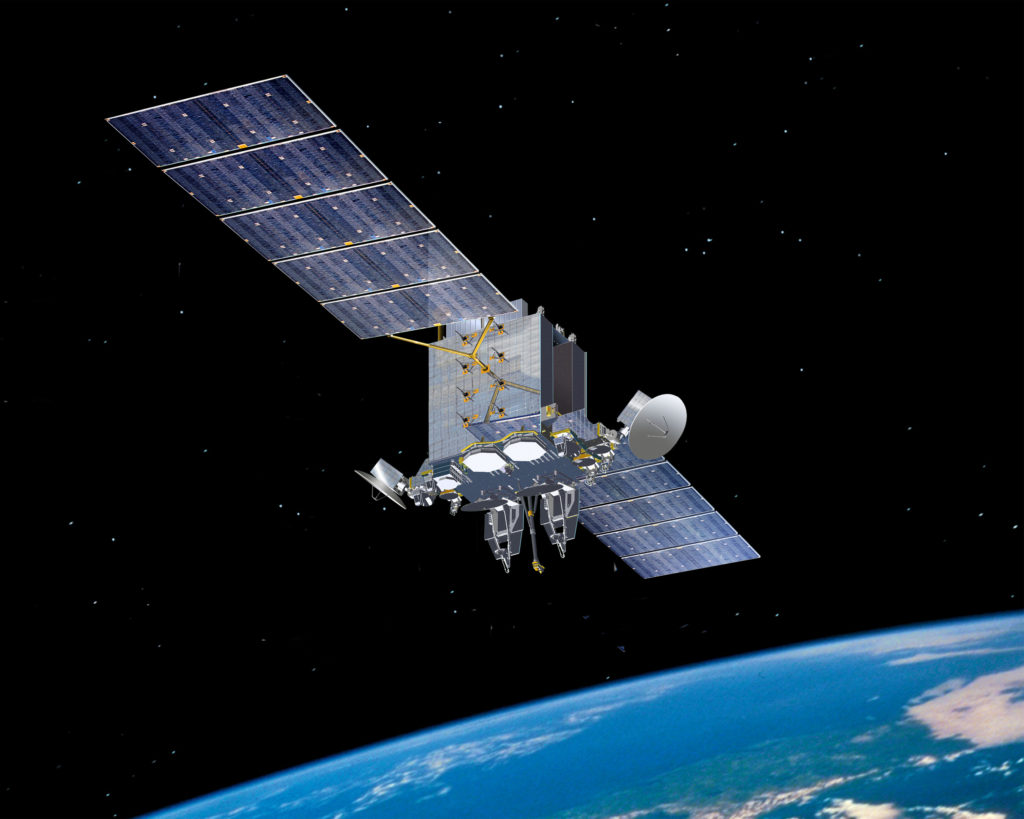
Furthermore, the U.S. military satellites that protect Americans could become more robust as a result of robotic servicing. “The general public has no idea about these amazing Air Force satellites that are up there keeping our country safe,” says Roesler. Likewise, most Americans are equally unaware of the counterspace technologies that other countries are developing to harm them. These satellites could have new capabilities installed to guard them.
Could robotic satellites be one small step for mankind?
While the immediate effects of robotic satellite servicing may go relatively unnoticed by most people, as the technology advances it’s ultimately positioned to help build and support visionary ideas and ambitions that could dramatically change life as we know it.
Many of robotic capabilities of the OSAM-1 and the RSGS are applicable to gathering and moving resources in space, which could be used for building projects. Eventually, they could create a “reusable in-space transportation network that is just like FedEx or UPS,” says Gordon Roesler, former DARPA program lead. Their ability to rendezvous with a non-cooperative object would be required for removing the valuable elements that asteroids contain. “As we develop technologies for satellite servicing, we are always thinking about how they are applicable to other adjacent fields, like resource mining,” says NASA’s Ben Reed.
The recovery and use of the vast amount of resources in outer space is a topic that has been debated for decades among the international legal community. In April, President Trump signed an executive order, taking a stance on space mining for commercial and government use. The order states: “Successful long-term exploration and scientific discovery of the Moon, Mars, and other celestial bodies will require partnership with commercial entities to recover and use resources, including water and certain minerals, in outer space.” Furthermore, “Americans should have the right to engage in commercial exploration, recovery, and use of resources in outer space, consistent with applicable law.”
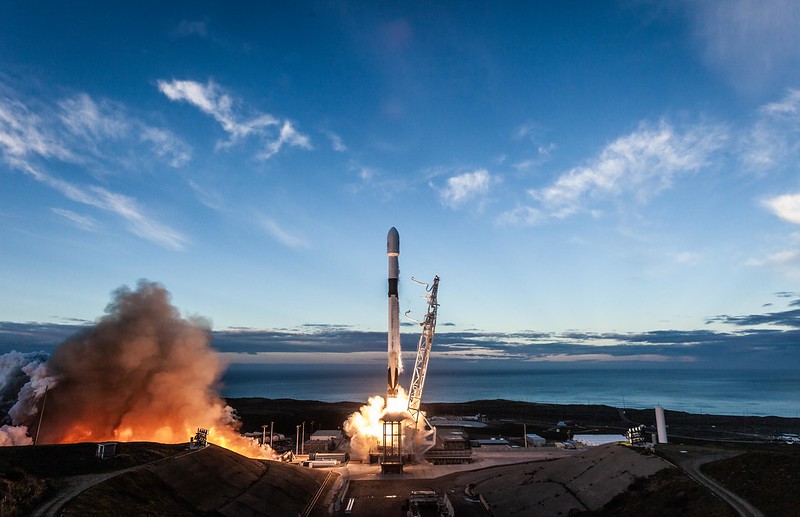
The futuristic visions of famous CEOs, such as SpaceX’s Elon Musk, Amazon’s Jeff Bezos, and Virgin’s Richard Branson, for traveling to and inhabiting outer space may rely on the use of resources gathered there. Musk’s goal for StarLink, his satellite communications program, is to generate revenue for his ultimate dream of living on Mars. Jeff Bezos wants to build a space station, where millions of people can live. Richard Branson is looking to offer space tourism trips. It might not be feasible to import all of the needed resources or structures for such endeavors from Earth, making these new robotic capabilities imperative. “There’s this huge dream, if not business plan, to colonize the moon and use its resources as a base to go from there,” says JPL’s Rudranarayan Mukherjee. “We could have a robotic and human outpost for exploration.”
While government agencies have developed this new robotic servicing technology, commercial entities have helped to bring down the cost of launching spacecraft, creating a symbiotic relationship. NASA takes a supportive view of space business investors. “Even though we tackle the near-term challenges differently, our long-term goals are quite often very much in line with each other,” says NASA’s Reed. “Space is bigger than big, and our approach is to coexist harmoniously.”
The commercialization of space can be viewed as sign of success and “a testament to the technological advancements that we’ve made over the last several decades to a point where we believe there’s an opportunity to grow a business case around it,” say Mukherjee. “That means it’s becoming ubiquitous, and we think of space as a domain to do business and support our way of life.”
In fact, NASA’s OSAM-1 plans to demonstrate space assembly and manufacturing after its refueling mission. The spacecraft will carry a payload called Space Infrastructure Dexterous Robot (SPIDER) to assemble a large communications antenna and manufacture a spacecraft beam. This ability would remove major barriers to space development. “Today we can send up things that fit inside one rocket faring, and we’ve learned very well how to fill up that rocket faring,” says Mukherjee. “As we continue to grow, there’s a need for bigger things.”
(Video credit: NASA)
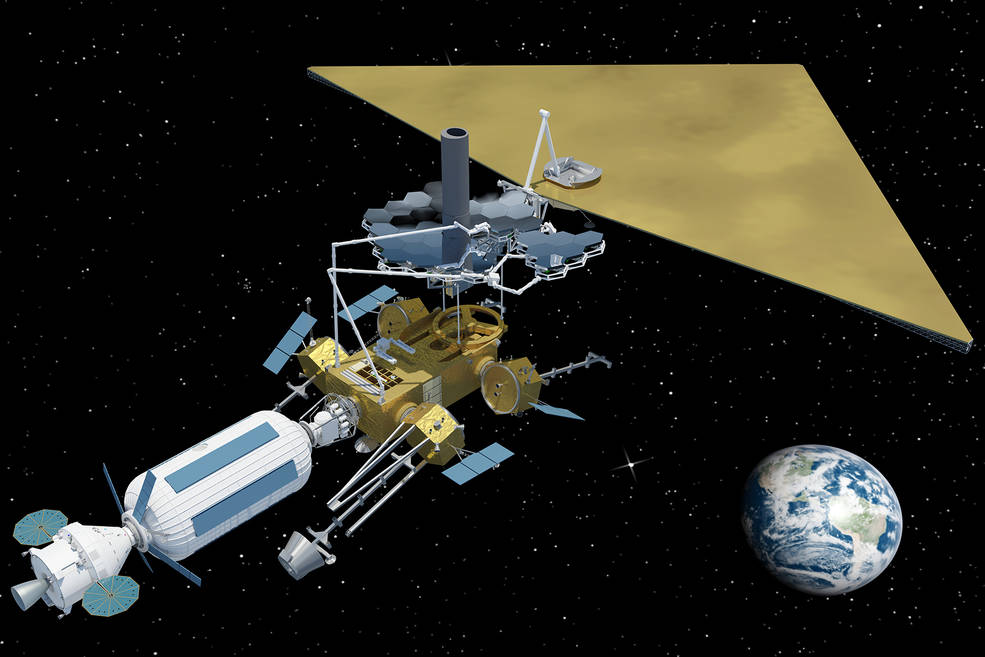
Plans for in-space assembly would enable NASA to build huge telescopes, perhaps the size of a house, to take images that expand our understanding of the universe, such as photographing planets orbiting distant stars, according to Reed. Even more seminal discoveries could result, such as finding life on another planet. “If we build a very large telescope and find biosignatures in the atmosphere of another world, that will be as big as, or bigger than landing on the moon,” says Reed. “That is a species changing event, and that would rewrite textbooks, maybe religion.”
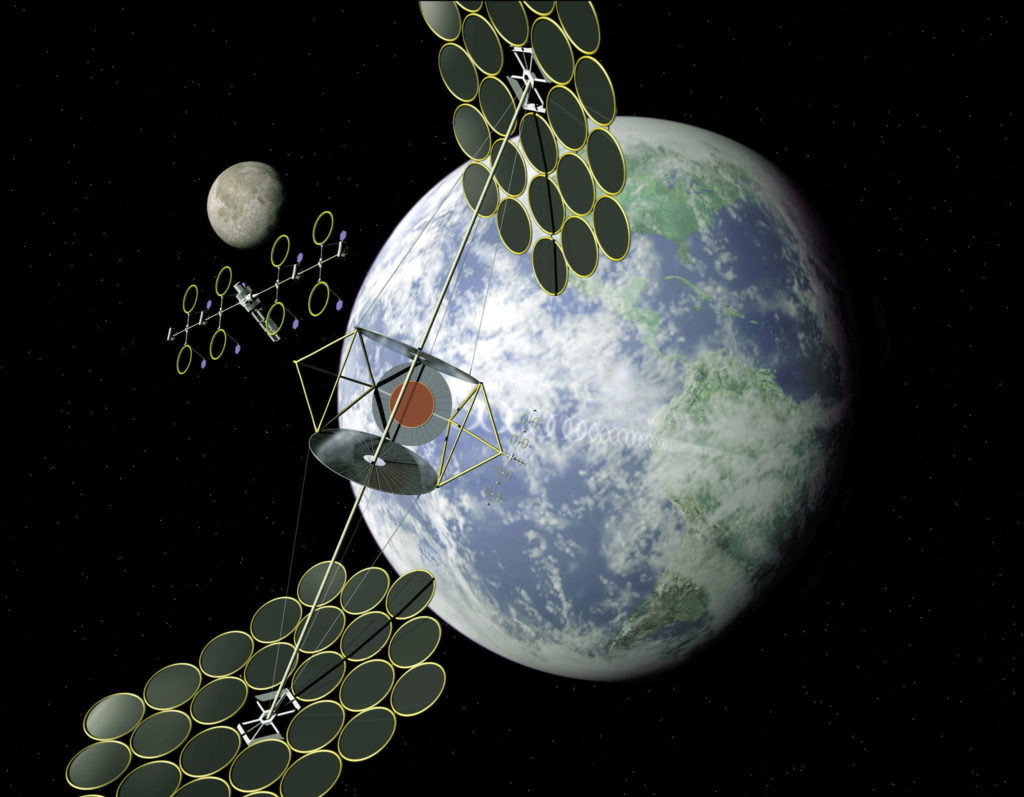
Other projects aimed at improving the sustainability of life on Earth could also be enabled by robotic satellites someday. The technology is available to build large satellites that collect solar power in geosynchronous orbit, which could be converted to microwaves that are beamed to receiving stations on Earth. The goal would be to create completely clean energy, meaning no greenhouse gas, no radioactive waste, no drilling or scarring of the Earth, and 100% availability. While this technology comes with a significant price tag, it would not cost more than constructing a nuclear power plant. “For $10 billion, you could build a solar power station in GEO that had the same power output as a nuclear power plant.” says Roesler.
The list of large-scale projects in space that are currently being envisioned is impressive: solar energy spacecraft refueling stations, civilizations on the moon, and hotels and factories in space. Yet again, the car metaphor is relevant for why robotic technology will be integral for achieving the future in space that many are dreaming of right now. “You drive a car around, because it gets us places much quicker, more convenient, and you’re protected from harsh weather and so forth,” says Mukherjee. “Same thing as how we think of robots – an extension of our ability to manipulate things in space, bring things together, service them, and make them better than what we can do today.”
